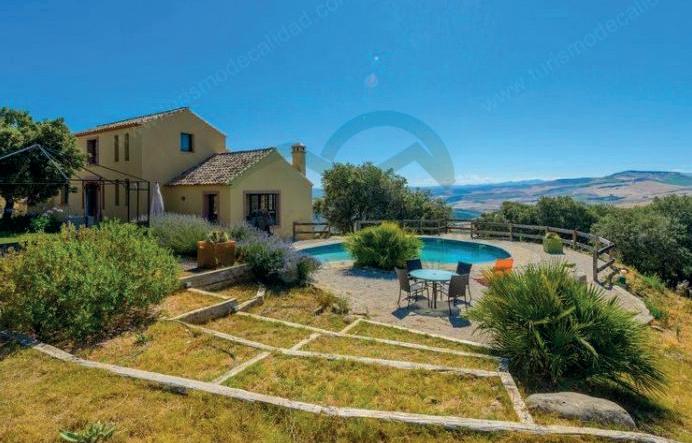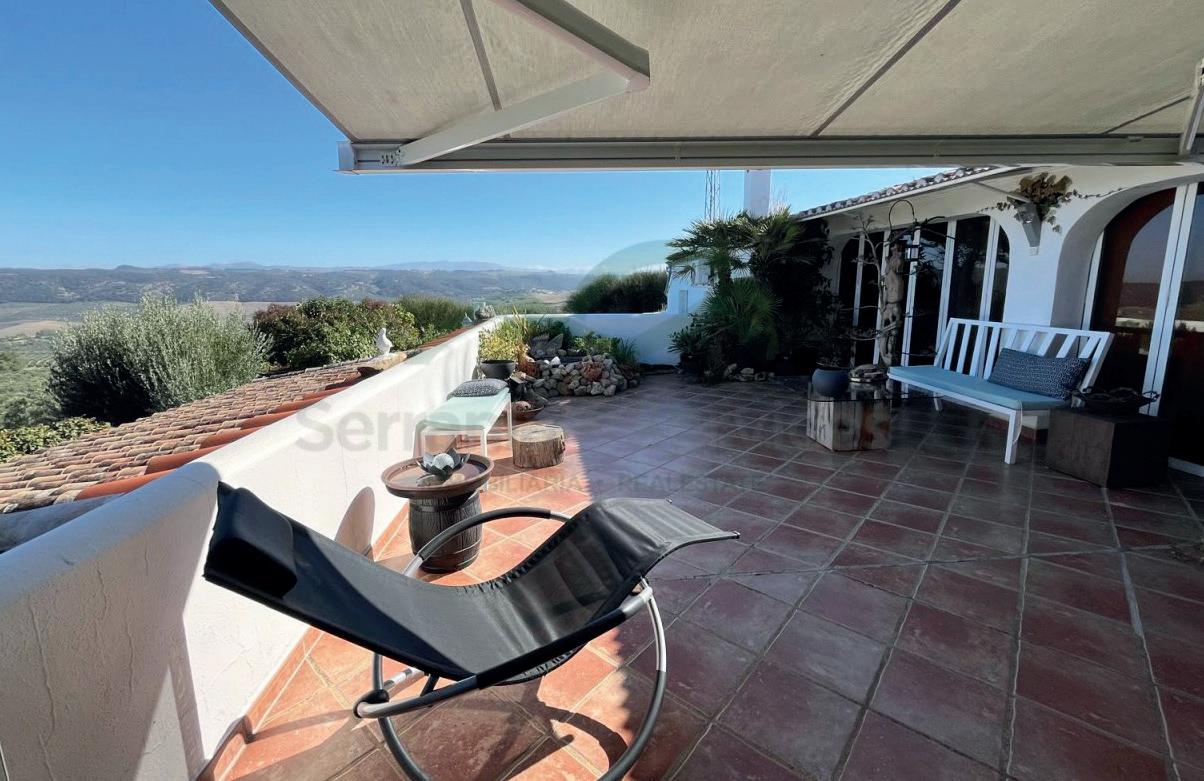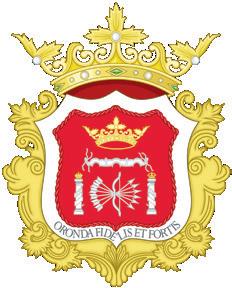
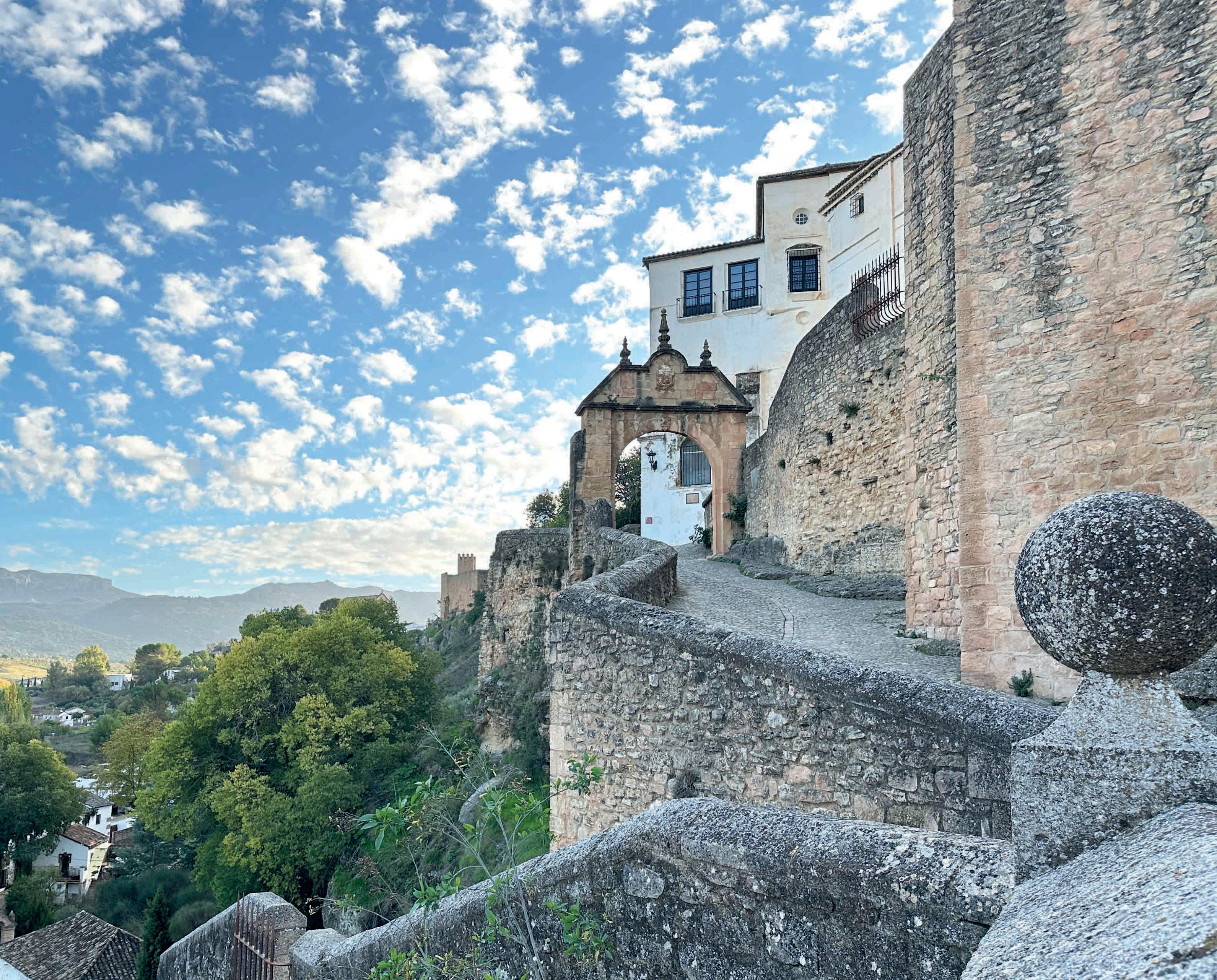



Olive Press editor Jon Clarke takes readers on a personal first hand tour of the magical town of Ronda, which he has called home for two decades




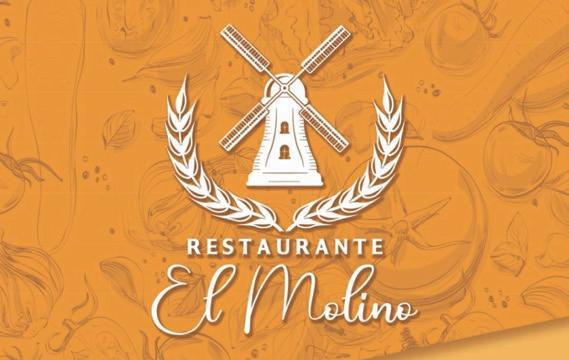

them through 2000 years of history.
In fact, millions of years, as a series of easy-to-listen audio guides explain how this remarkable gorge was formed, along with its waterfalls and deep, swimmable splash pools.
More intriguing is how a string of 13 flour mills were somehow installed along its edge, making use of the original Arabic acequia watercourse cut in the 9th or 10th century.
It is also encouraging to learn how the team of architects carefully ensured that the acequia wasn't touched - and the bridge stood up, particularly after an earlier attempt collapsed killing 50 people.
For a small fee you are handed a hard hat and pointed down the walkway, sustainably made from local Ronda stone and rocks.
Eventually the path will continue all the way to the wonderful Arabic baths that are a must for any visitor to easily Spain's most evocative mountain town.
For now you'll have
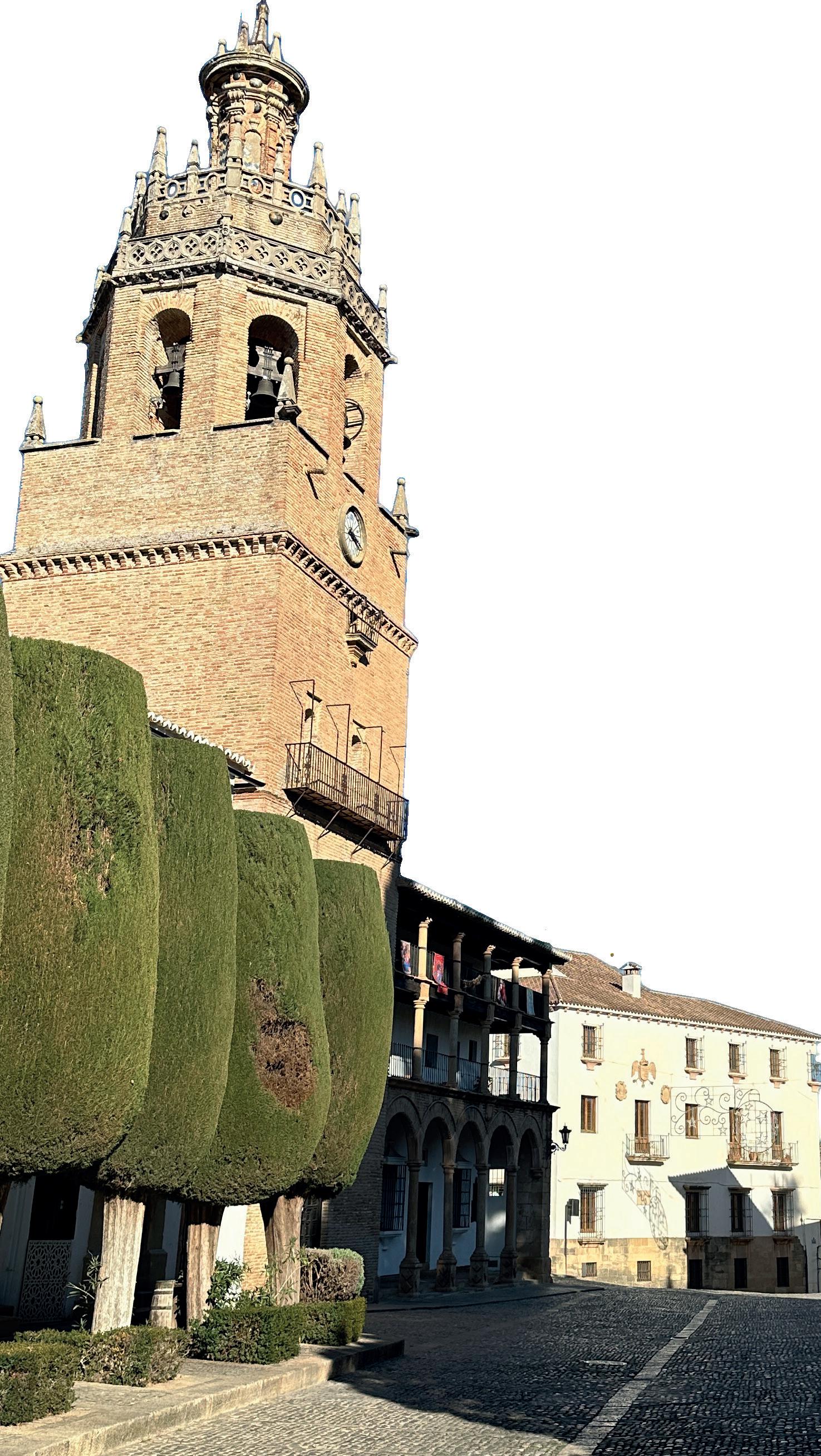
Ronda and (top) the Cathedral which was once a mosque. (Below right) A local woman takes the air from her balcony
to backtrack and cross over to the eastern side of the Casco Histórico where you should head first towards the Moorish baths.
Most likely, if you're lucky you'll find classical guitarist Eugen strumming away (perhaps a classic from Bizet's Carmen that was filmed in the town - or a flamenco copla) in Plaza Maria Auxiliadora. En route you must, however, take in the Casa del Rey Moro and its remarkable La Mina steps that also drop right down to the Guadalquevin river below.
This was an important visit for Michelle Obama and her daughters a few years back and gives you the best possible understanding of the steep walls of the Tajo.
These 300 slippery spiraling steps were effectively a siege tunnel, used as an escape route during times of siege, as well as to fetch water.
The tunnel was carved out by Christian slaves during the reign of Ronda’s Moorish king, Abomelik (above) and he definitely had a penchant for gardens, as his palace grounds are certainly reminiscent of the Alhambra, albeit on a far smaller scale.
Just below, you you'll hit the Old Bridge (Puente Viejo built in 1616) and finally the so-called ‘Roman bridge’, which was actually built by the Moors in the 13th century.
Next to this are the wonderful Moorish baths, the best preserved in Spain and built during the times of Al Andaluz, when it was an absolute essential pitstop for ablutions after arriving in Ronda after a long journey.
It would have been a wonderful time to be a traveller arriving in Ronda from say Cordoba or Granada, after at least a day striding through the impressive nearby hills.
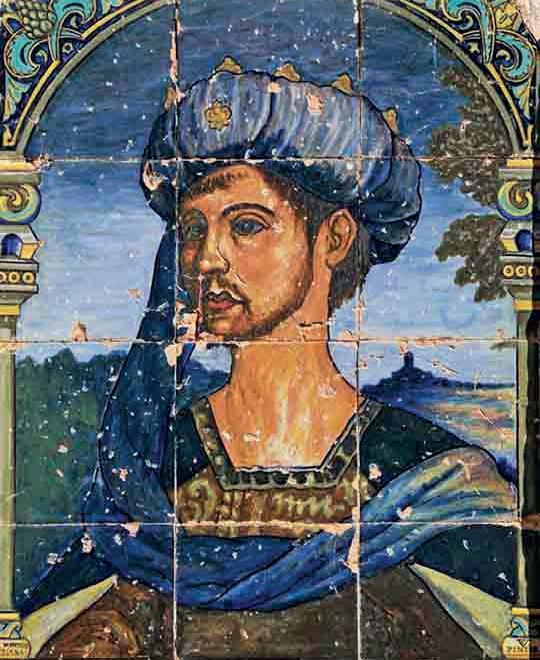
Spanish and English, brings the past back to life and is a must-watch, before continuing your tour up the hill into the old town.
By the time of the collapse of the Moorish empire, Ronda had been entertaining foreign visitors for around 1500 years.
One of Spain’s oldest towns, in Roman times it was a truly bustling place, boasting its own wine industry and even its own mint, fittingly its coins bearing a tendril of grapes.
Established in 9BC as a military bastion, it was given the name Arunda meaning ‘surrounded by mountains’ and it is easy to see why.
Take a look at any of the monuments dotted around the town and chances are you will see dozens of faraway peaks that literally ring the town, from the recently inaugurated National Park of Sierra de las Nieves on one side to the Parque Natural of Grazalema on the other.
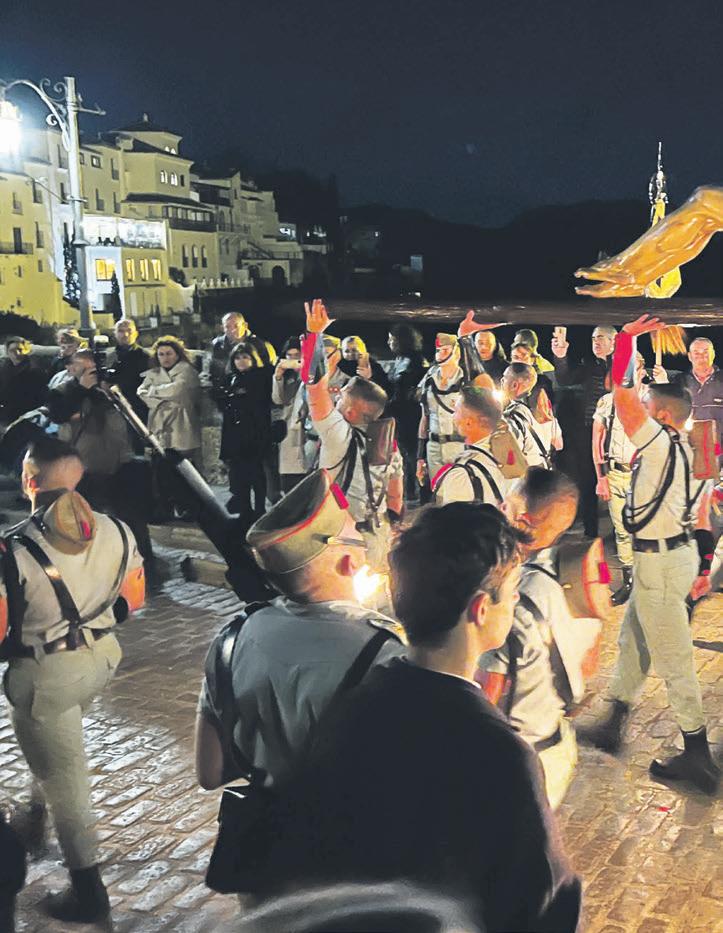
are now able to definitively link the production of wine in Ronda to 3AD. No surprise then, that so many writers and historical figures have waxed lyrical about Ronda… Austrian writer Rilke dubbed it the ‘City of Dreams’, while Orson Welles relocated to Ronda and immersed himself in bullfighting, later having his ashes scattered at a nearby estate.
Spain’s most famous writer Miguel de Cervantes of Don Quixote fame lived in the town (and you’ll find a plaque if you look carefully), while Ernest Hemingway’s tome, The Dangerous Summer, is largely about Ronda’s bullfighting dynasty, the Ordonez family.
Later he wrote of Ronda in Death in the Afternoon: “It is where you should go if you ever go to Spain on a honeymoon or ever bolt with anyone. The entire town and as far as you can see in any direction is a romantic backdrop.”
It is why Carmen the movie was filmed here and why Madonna insisted she had to film a video around its cobbled streets.


The 11th century Banos Arabes offer the best explanation of the sophistication of the former Moorish inhabitants, who ruled for an incredible 700 years until the late 15th century (it’s a little-known fact that Ronda only fell to the Christians in 1485, seven years before Granada finally fell in 1492).
A superb demonstration of urban planning, the baths sit in atmospheric gardens and have three rooms - hot, cold and tepid - each fed with water from the river outside.
The domed ceilings with their starshaped air vents were part of a complex astronomical symbolism so popular in Moorish times.
The baths were the main hammam and lay just outside the defensive walls by the main gate to the town from the direction of Granada.
A clever virtual reality video, in both
Ronda is a true front row seat in history with these nearby mountains literally swollen with ancient remains.
They include the Roman sister settlement of Acinipo with its wonderful amphitheatre, as well as the ancient salt mines of the Cerro de las Salinas, near Arriate, and the historic wine storage village of Setenil de las Bodegas.
As far as you can see in any direction is a romantic backdrop
Then you’ve got the remains of a Roman aqueduct running south of the town, the hidden Arabic baths in the Llano de la Cruz valley, and the recent discovery of a Roman grape-treading floor for winemaking nearby.
Uncovered at a vineyard, called Morosanto, archaeologists have excavated

a sizable 2,000year old wine operation with pipes through which wine was transported to vats. The remarkable find, alongside a 21-metre Roman swimming pool and sauna, means historians
This year meanwhile, we had Helena Bonham Carter, Iain Glen and Martin Freeman wandering the town as they filmed Agatha Christie classic Seven Dials for Netflix. It’s also why Adrian Brody, Anne Hathaway, Bill Gates, Ricky Gervais and Jodie Whittaker have all had recent holidays in the town, while celebrity chefs Jamie Oliver and Gordon Ramsey dedicated episodes of their TV shows to Ronda. Celebrity chefs have such a pull to the town that handsome whiz in the kitchen Jean Christophe Novelli once told me he was moving to Ronda, but after two months was unable to find the right property to buy (he was probably more likely shacking up with a mistress). And then there is Benito Gomez, a classic blow-in from Catalunya, who has done so well in the town that he now boasts two Michelin stars (maybe three by the time you read this) with his amazing restaurant Bardal and a second Tragata.
But, take my word as a local - who chose this mountain hideout over the bright lights of Marbella or Malaga some two decades ago - while it is magical in so many ways, Ronda is also an incredibly tough place to settle.
The extremes of weather (its spiky dry heat in summer and freezing winters
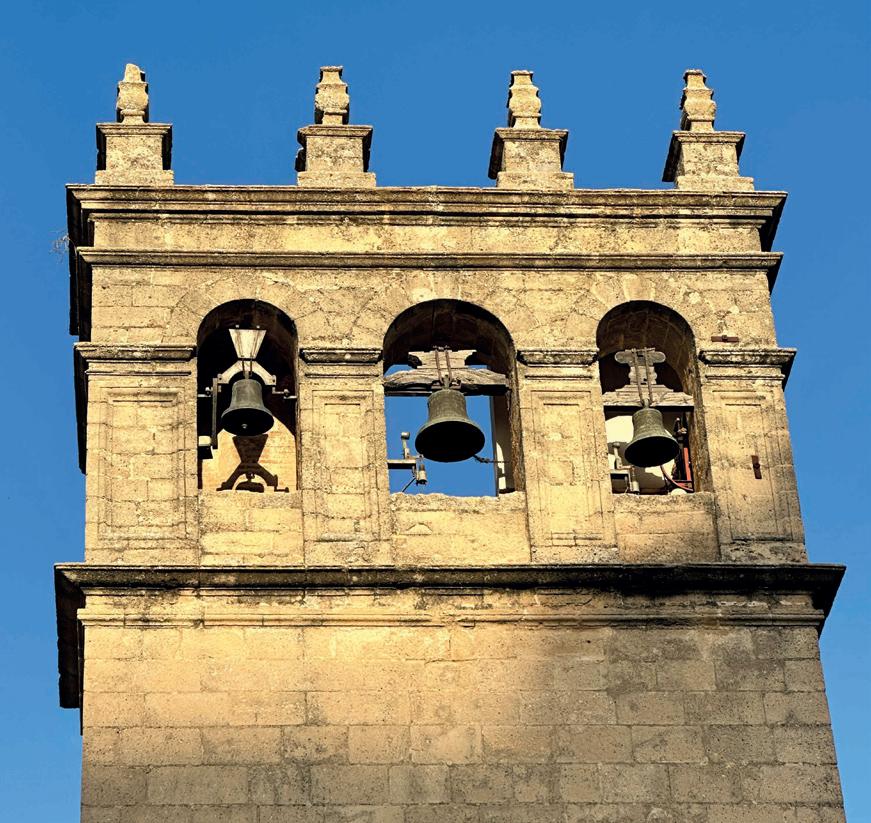
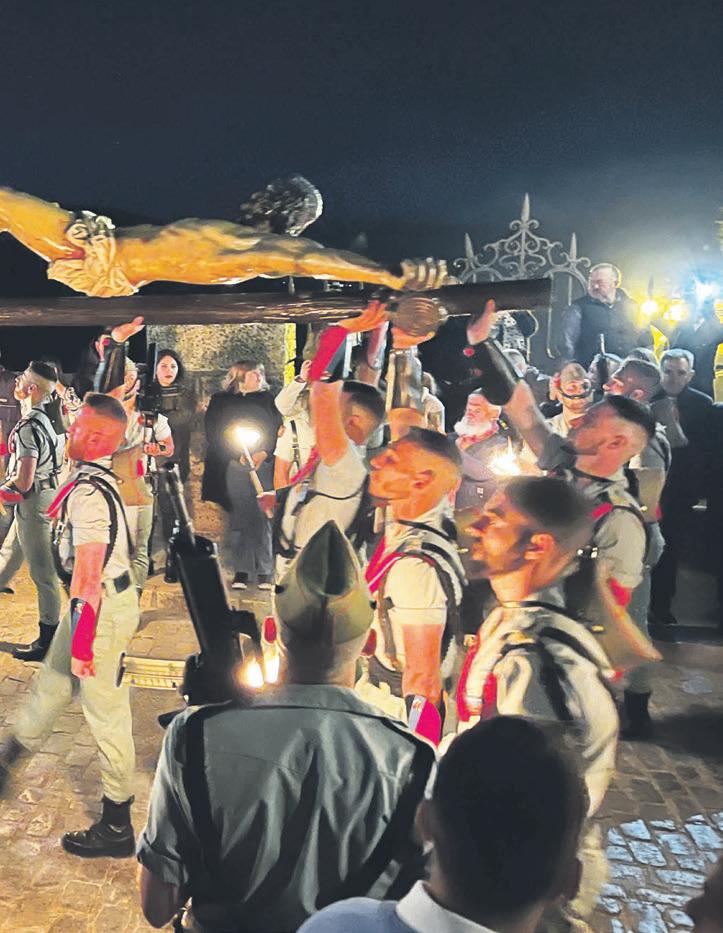
thanks to its altitude of 800m) doesn’t suit everyone.
Equally its inward-looking locals, so typical of conservative mountain types the world over, are not openly friendly and take a while to warm to you.
But there is no denying its landscape, history and architecture.
Few places in Spain have such a wonderful mix of buildings, from the Moorish Palacio Mondragon to the neoclassical town hall and from the Arabic baths to the splendid Renaissance mansion the Palacio del Marques de Salvatierra.
And don’t forget the cathedral (once a mosque) as well as the oldest bullring in the country.
Still owned by the Ordonez family, with two fitting statues to Antonio and Cayetano outside, is an excellent introduction to a pastime that goes back 300 years in Ronda.
Built by the godfather of bullfighting
Pedro Romero, who fought well into his 80s and was painted by Francisco Goya, it is worthwhile to visit for its collection of Goya etchings alone.
Pedro Romero killed over 5,000 bulls and passed his skills down the line to the Ordonez family who have, so far, provided Spain with three generations

of bullfighters… the youngest Cayetano, becoming a handsome Armani model.
Sipping a caña or coffee in the heart of town it’s not difficult to imagine Hemingway scribbling in the shadows of a backstreet cafe.
His legacy looms large all around the town and he (like Orson Welles whose ashes are scattered at a nearby farm owned by the Ordonez family) has a small street named after him behind the Parador hotel. He celebrated his final birthday in Ronda in 1960 and was fittingly, further



immortalised with a statue beside the bullring in 2015. It is here, or nearby on the bridge, at Semana Santa (Easter), that you will find some of the most evocative, moving scenes, be you religious or not, like me. The epiphany that cemented my own sense of belonging in the City of Dreams (above left) came just last year, when at nearly 1am when I ventured out of a nearby wine bar to take a picture of the bridge with a nearly full moon above it. I thought the classic Easter parades had long ended, but atop the bridge I found
TRADITION AND FAMOUS FACES: Spain’s Foreign Legion carries Jesus in an Easter parade (left), while a little known path leads down past the walls. (Inset below) Recent visitors include Gervais, Hathaway, Whittaker, Obama, Bonham Carter and Freeman


two lines of drummers made up of soldiers from Ronda’s crack Spanish Legion brigade (coincidentally, Spain’s finest shock troops, similar to the Paras).


Dressed in short sleeves despite the cold northerly breeze, they stood rigid and to attention, staring straight ahead and tapping their drums quietly, rhythmically in perfect unison. It was hypnotic and insistent and, incredibly, I found myself almost alone beside just a handful of spectators on the bridge. After what was easily 15 minutes, out of a side street suddenly loomed a statue of Mary on a float, carried by two dozen other legionnaires. Just behind was another group carrying Jesus lying prone on his back. The mood was incredibly sombre and he was carried past, legs first facing upwards to the stars, the moon shining brightly from behind a convent. I looked up and, as a trumpet started to play, I felt a sense of permanence. The sort that (might just) carry one to the heavens. I knew I was in Ronda for good.


Designer
(from 69€)
info@opticabaca.com tel / WhatsApp: +34 639 363 151 www.opticabaca.com

The Olive Press sent reporter Yzabelle Bostyn to test out the new Desfiladero del Tajo attraction to check out her head for heights
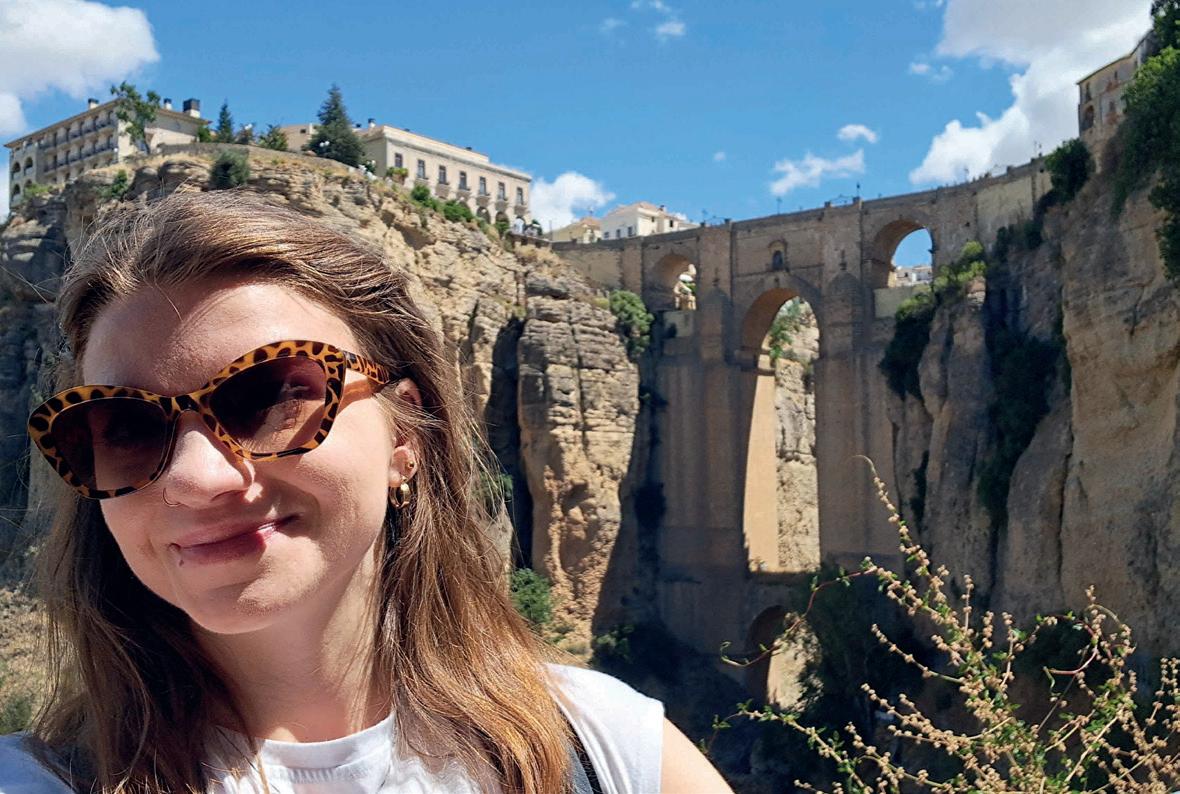
RONDA has just opened its answer to the famous Caminito del Rey, but is it really as hair raising as the original?
Opened by Junta president Juanma Moreno this Summer Ronda's new tourist attraction finally gives tourists an exciting way to see the depths of its breathtaking Tajo gorge.
The first phase is now open and, once completed, the narrow path pinned to the side of the gorge will take visitors from the historic old town down to the bottom of the famous bridge and finally, all the way to the Arabic baths, stretching 750 metres.
hard hat, ready to start the adventure.
Currently you can only walk down 250 metres of path to the foot of the Puente Nuevo bridge, finished in 1793.
It is the newest and largest of three bridges that span the 120-metre-deep (390 ft) chasm, cut through with Ronda’s Guadalevin River.
The walk down offers panoramic views over the gorge and into the stunning Tajo valley to the west.
Some of the victims were thrown from its windows to the rocks below
It will allow visitors to see the Guadalevin river and all its sluice gates and anti-flood measures up close and feel the magnitude of the impressive gorge from below.

from the Mirador de Maria Auxilidora, the Desfiladero del Tajo is easily accessible from the town centre. After making your way down 100 or so steps, you will find a small white building where you purchase tickets for €5 (or free for Ronda residents).
The friendly staff then supply you with a hair-net and a
From above, it is hard to appreciate the magnitude of this imposing 98m structure, but standing at its base gives you an almost chilling indication of its huge size.
Its construction began in 1759 and took 34 years featuring three upper arches and two giant pillars.
It needed to be strong as an earlier poorly-built bridge finished half a century earlier featured just one arch and collapsed killing 50 people in 1741.
It’s an impressive stone construction - which for nearly 200 years was the world’s highest bridge - and incredibly, it’s still open to traffic in both directions.
The bridge features a chamber above the central arch which at one point was used as a prison and during the Spanish Civil War as a torture chamber.
Some of the unlucky victims ended up being thrown from its windows to the river and rocks below.
From the walkway below visitors get a privileged view of this impressive construction as well as the river and the interior of the gorge itself.

For those nervous of vertigo,
not, as it isn’t suspended
meaning it does not have terrifying high metal bridges


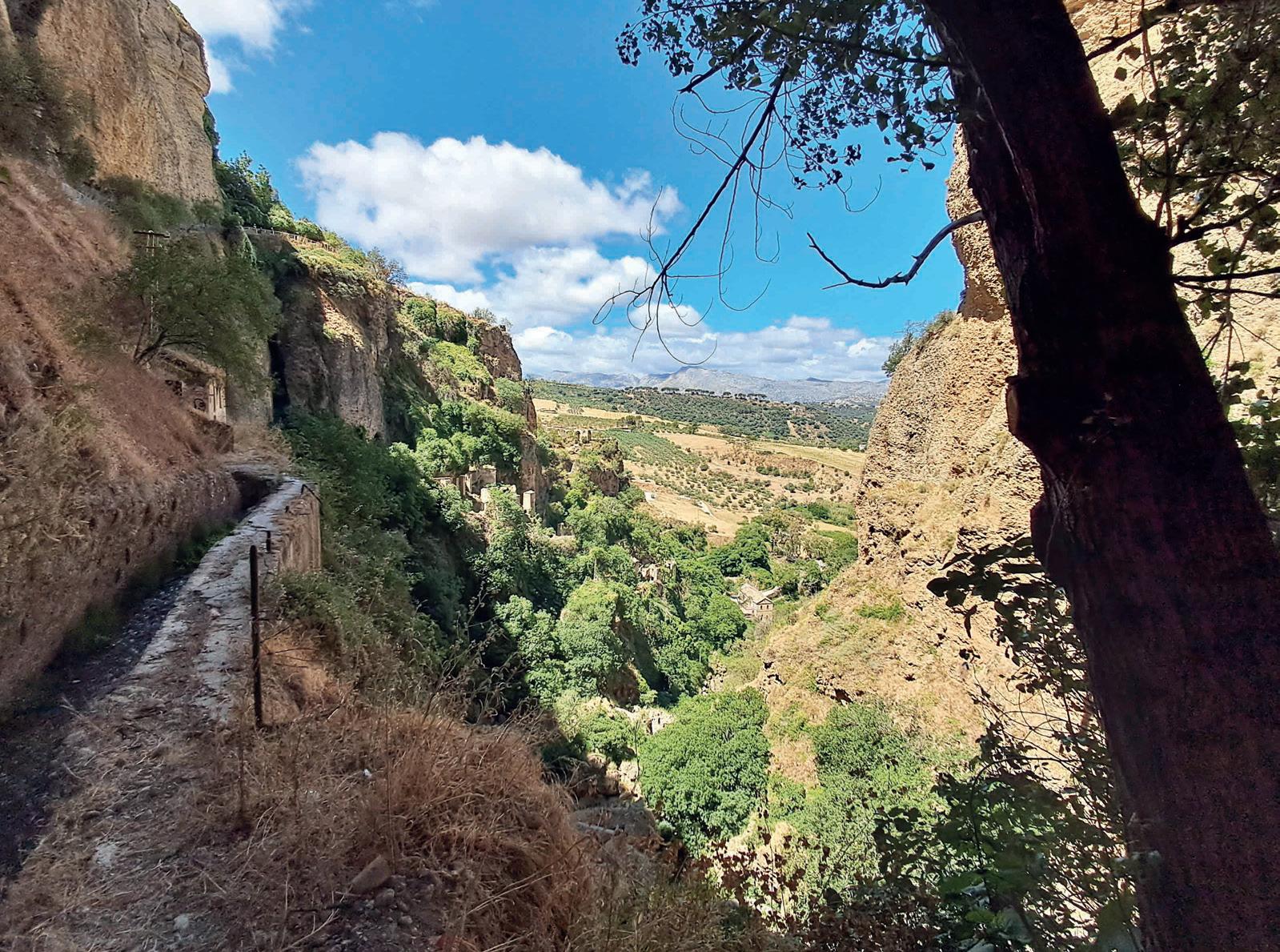
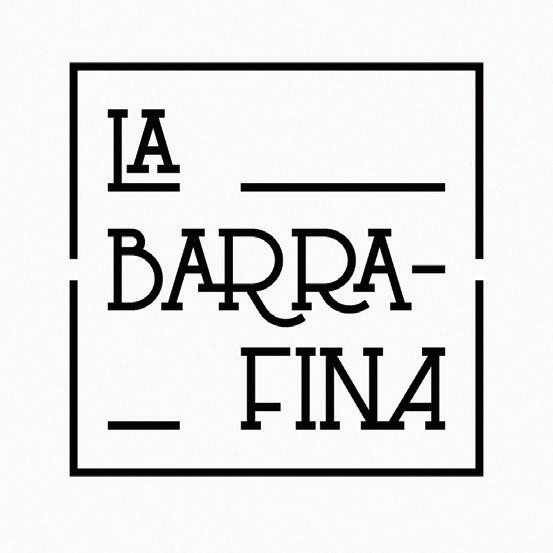



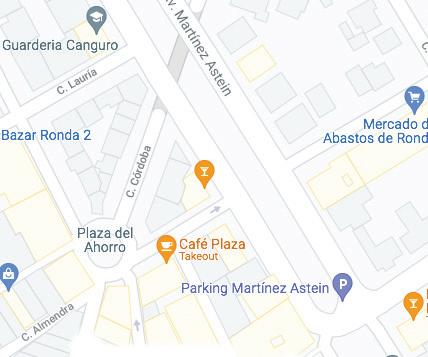

The Serrania’s incredible copper forest is the perfect autumn escape, writes Yzabelle Bostyn
AS autumn sets in and temperatures drop, inland Spain becomes a vibrant patchwork of reds, oranges and yellows.
There’s no need to wait until the evening to witness the sunset's
burning colours, as golden leaves fall to the ground and blanket forest floors.
Nowhere is this more true than the Serrania de Ronda’s Bosque de Cobre (Copper Forest).
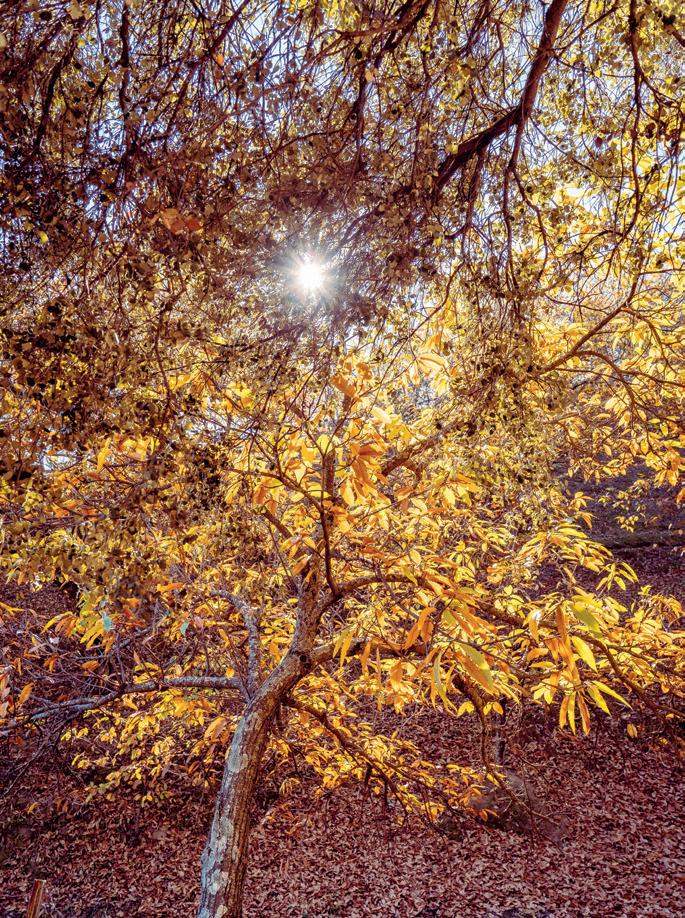
GOLDEN: Now is the time of year to visit the Copper Forest
You begin to see it when you are three quarters of the way up the incredible mountain road (A397) from Marbella.
It comes as one of the best mountain views in Spain, two rows of stunning peaks meandering off into the distance over 50km away.
Below you is the Genal Valley and you’ll get glimpses of this stunning landscape of cascading hills and dense forests every couple of minutes.
You could turn off early at Puerto El Madrono, but not only will it be a few minutes slower, but you’ll miss the drama of seeing the huge sea of chestnut woods appearing as a backdrop.
Better to take the turn off just before the Mirador de la Rueda and head down towards the formerly Moorish villages of Igualeja and Pujerra.
As you round the corner to Pujerra, an explosion of saffron, ochre and terracotta

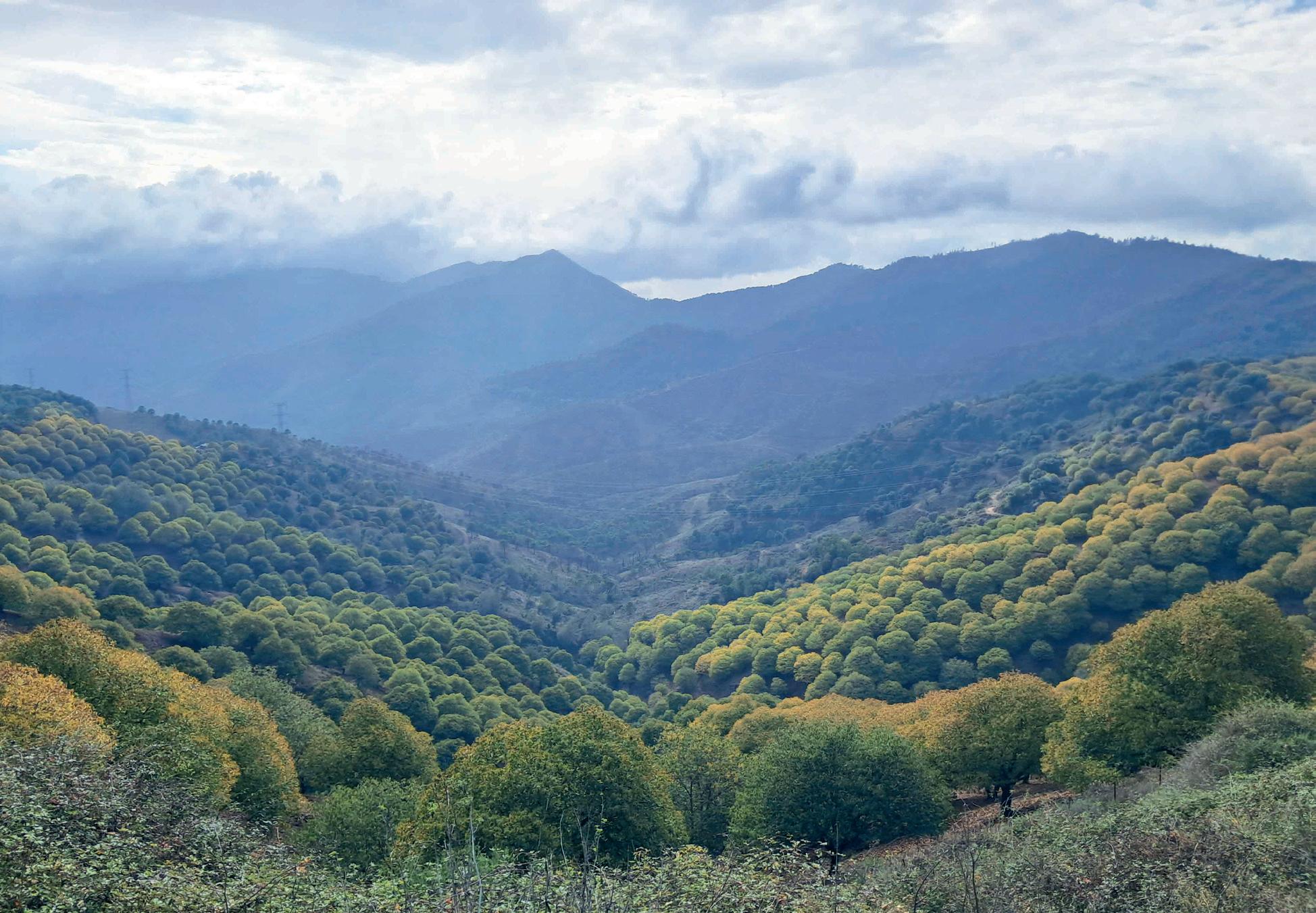
literally leaps out of the evergreen mass.
It is here you will find the so-called ‘Copper forest’ (Bosque de Cobre) which is just a short walk out of the village and well signposted.
You’ll soon find yourself in corridors of amber trees rippled through with sunlight, assuming it’s a sunny day.

The forest twists like layers of gold ribbon around the small hill, so you’re sure to work up a sweat as you wander, enchanted by the leaves dropping slowly to the ground from mid November through December.

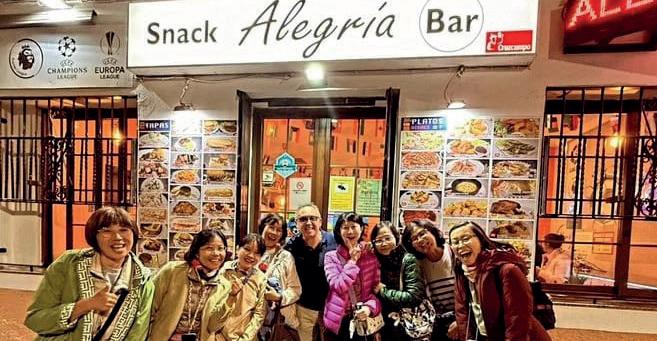





There are many routes you can take from the central forest, some stretch-
ing as far as the former Smurf town, Juzcar, or even as far as the whitewashed Jubrique.
For those less adventurous, it takes around an hour to explore the Copper Forest hill, take a few pictures and enjoy the scenery.
Though there are well established paths, it's worth deviating from the main thoroughfares to appreciate the forest at its wild core.
After meandering back down the hill, let the scent of roasted chestnuts lead you into the mountain

village of Pujerra. The locals are very proud of their chestnut products and you will find everything laced with the nutty treat, from cheese to wine to bread.
If you’re lucky, you might even catch the artisan market, not only selling village delicacies but also jewelry and hand woven baskets. It is also anything but the only village in the valley that has chestnuts, with Alpandeire, Cartajima, and Genalguacil, plus nine more villages counting on them.
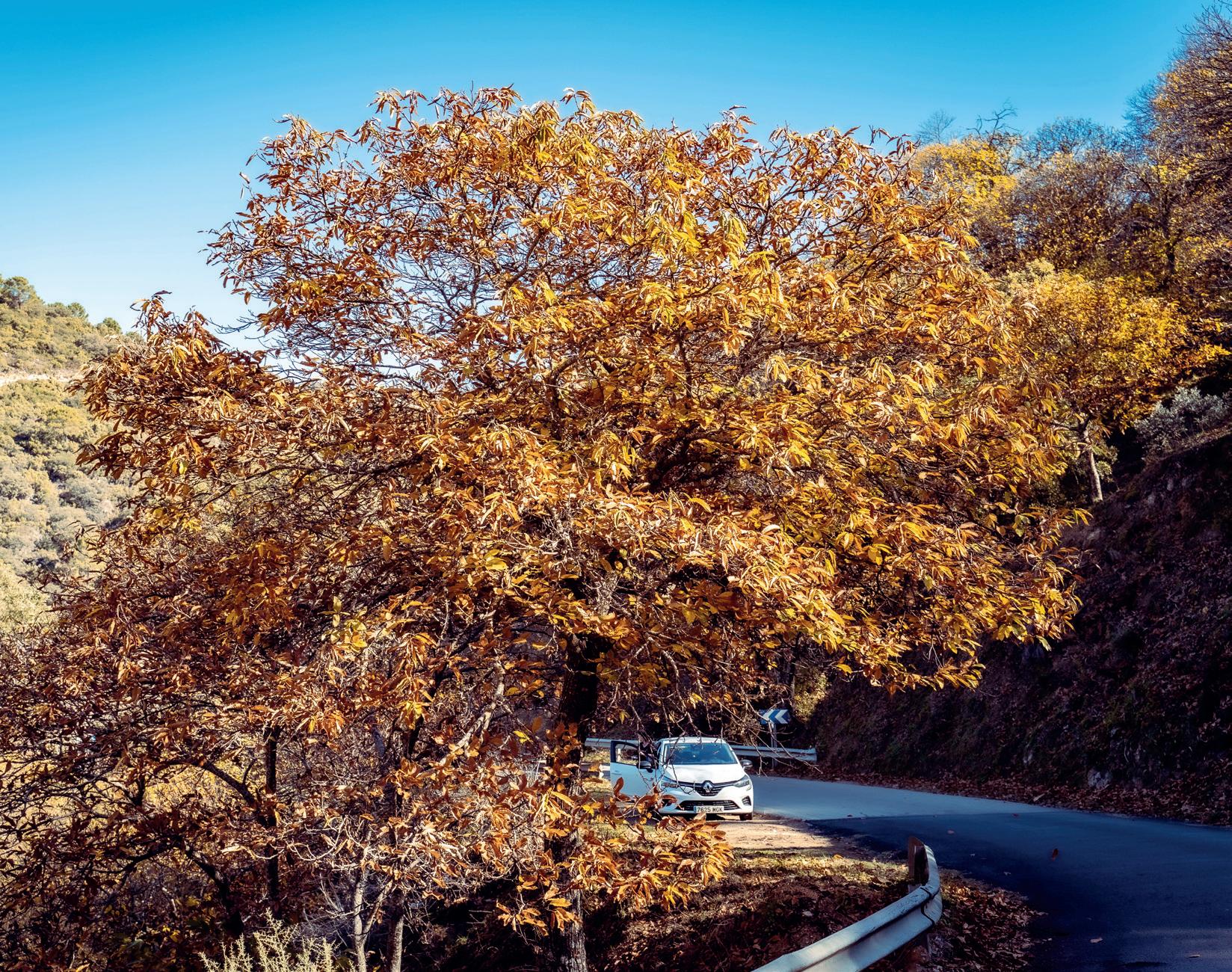


The giant red bull’s head looming over the Serrania de Ronda is a Starck masterpiece, writes Jon Clarke
IT cost well over 20 million and will hopefully create something of a ‘Guggenheim Effect’ for Ronda.
That is Philippe Starck’s amazing new organic olive mill recently finished near the town.
A towering six-storey 40-metre giant made of concrete and steel it peers out over the beautiful Serrania like a beacon.
Built over four years, La Almazarashaped in the head of a Picasso-style bull - is the largest and easily the most original in Europe.
Created by legendary designer Starck, it's a fully functioning mill, as well as museum and restaurant, that currently makes extra virgin organic olive oil out of thousands of trees on its surrounding 26 hectare estate.
The brainchild of the French creatorknown for designing a string of hotels, yachts and chairs - it came about after he met a local landowner in New York many decades ago.
The aristocrat, Pedro ‘Perico’ Go mez de Baeza, was already behind the

high quality local La Organic olive brand, alongside businessman Santiago Muguiro, now CEO of the entire project.
Having already been behind the amazing Frank Gehry-designed hotel at the bodega Marques de Riscal, in Rioja, they thought they might do the same in Ronda.
First came a cool olive can designed by Starck in 2000, who is an investor, and already lives between Sintra in Portugal and Formentera in the Balearics, plus ‘many other homes’.
Then came the project for the hillside, between Ronda and Arriate, which also has a five-room rental villa and conference facilities.
While it took years for the sleepy town hall to award a licence, it finally started to go up in 2020 and is now finally open for visitors for €25 a head, including an olive oil tasting with bread.
The visit takes punters on a fabulous windy tour of the 9,500-tree estate and its fruit orchards, organic vegetable garden and vineyard.
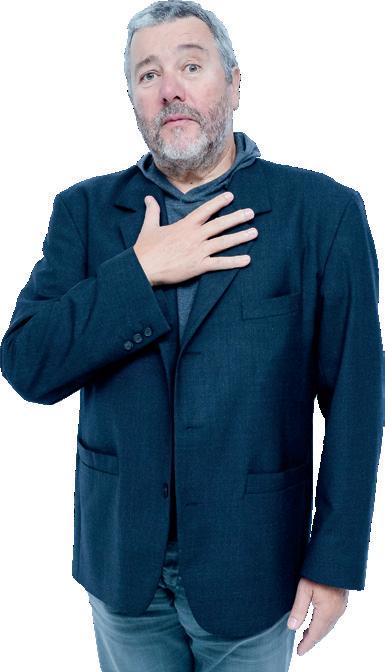
They will also enjoy the fascinating museum, which celebrates the introduction of olive oil into the Andalucia region in the days of the Phoenicians.
As well as being able to watch the olives actually being introduced into the machinery below, tourists learn about other important local Ronda characters, including Pedro Romero and Abbas Ibn Firnas, who is considered one of the inventors of flying.
A fully-fledged restaurant, with chairs and tables all designed by Starck, is set to open imminently.
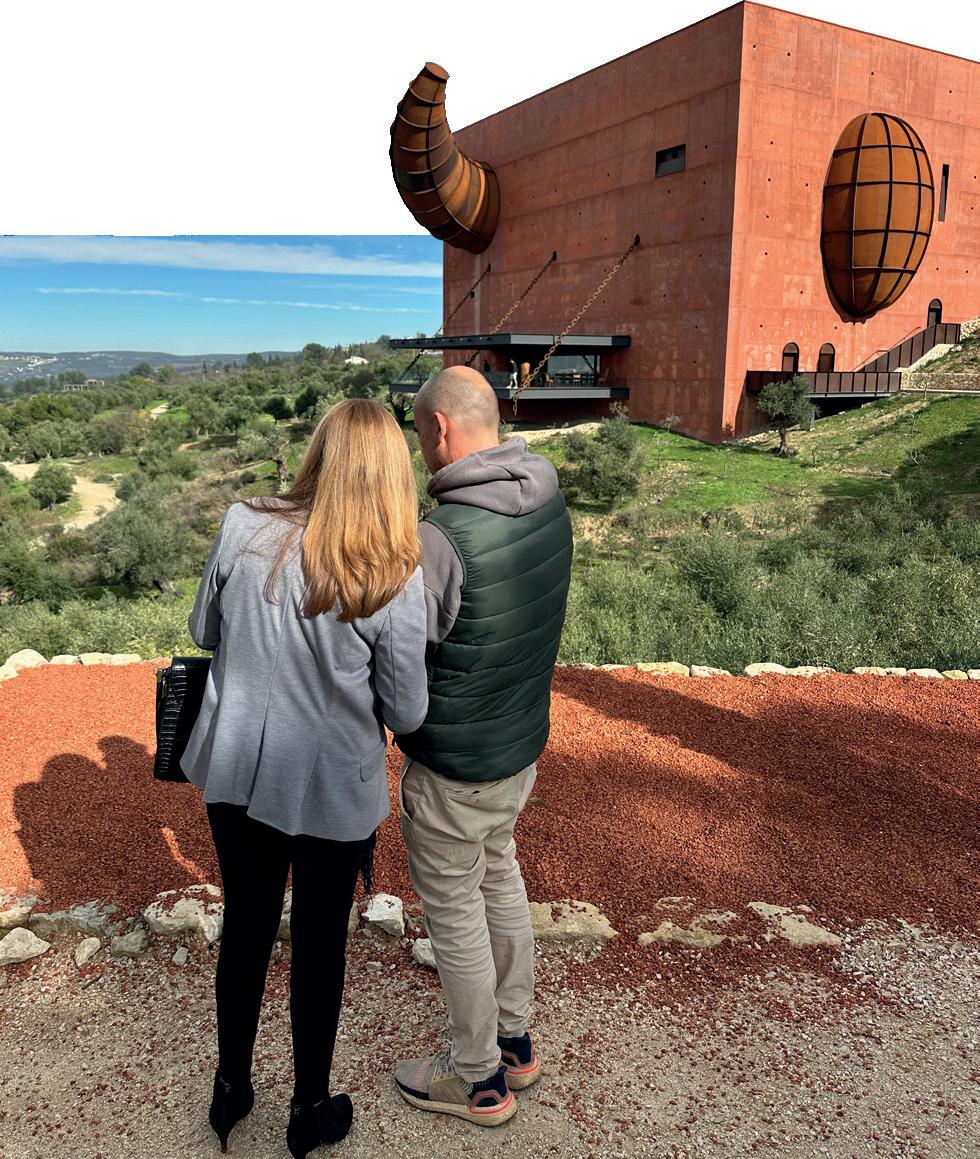
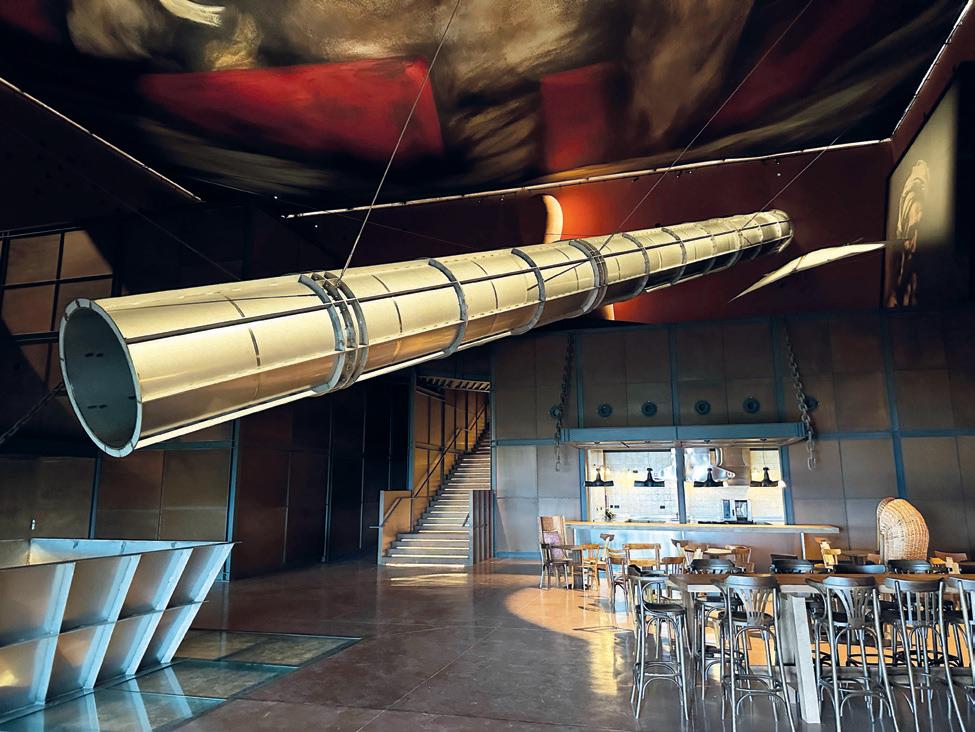

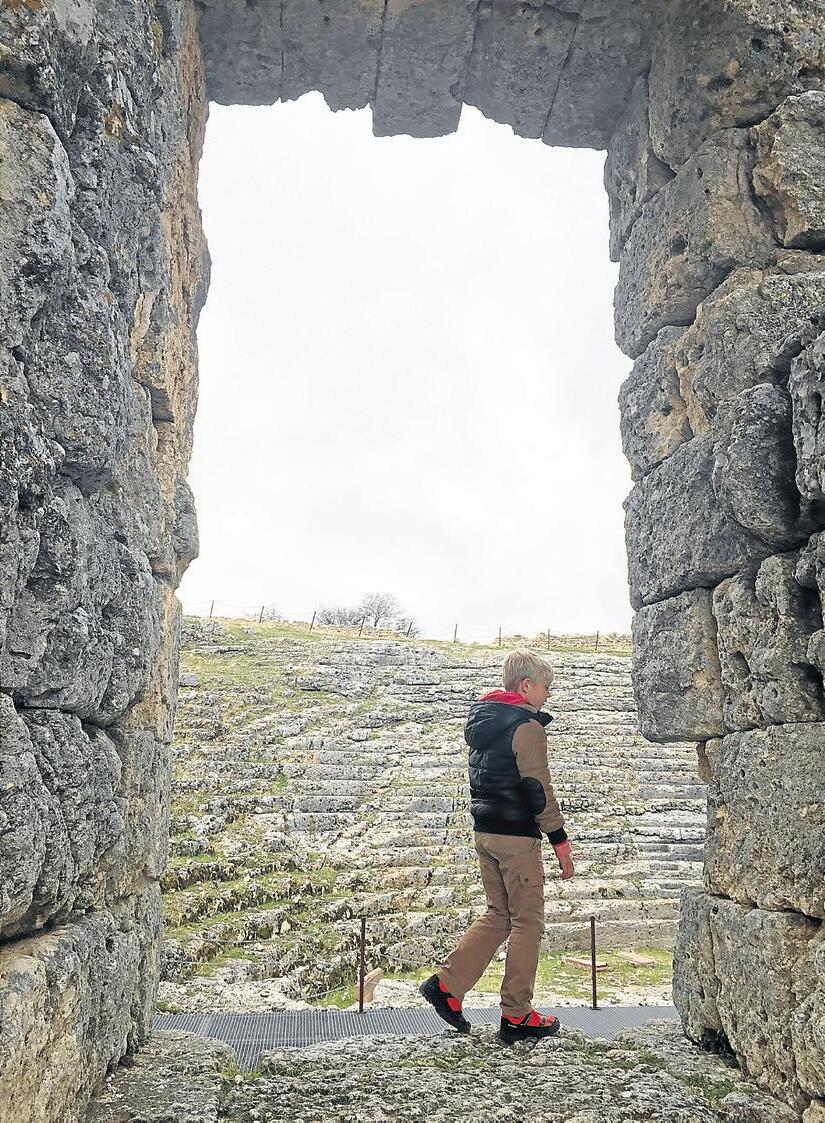
A15-minute drive from Ronda takes you to the ancient city of Acinipo, where the Romans built another ancient settlement
The highest hill for miles around, it still has much evidence of their skills with a large part of its amphitheatre intact and a lot more to look at, not to mention the views.
The visitor centre is only open for the morning, but one can always climb up to the amphitheatre out of hours.

Tlf: 952 87 24 38 952 87 37 76 684 45 93 91
OPEN: Monday to Friday 09:00 -13:00 & 16:00 - 20:00
C/ Virgen de los Remedios, 21 (esquina C/ Las Tiendas) – RONDA www.idapardo.com
ida.pardo
Instituto Dental Avanzado Pardo
From bandit hideouts to Roman wine cellars, there is so much to see and do close to Ronda, writes Jon Clarke
RONDA is surrounded, the Sierra de las Nieves and the Sierra de Grazalema, not to mention its very own breathtaking Serrania These surrounding hills are creaking with wonderful walks and pretty towns and villages to visit, all easy to reach in the car and most with their own excellent places to stay and eat. Here are a few top picks for a trip out of Ronda.

FOR anyone wanting an idea of what life was like in Ronda 5,000 years ago, head to Algaba, a short drive out of Ronda.
This wonderful estate has recreated a prehistoric village showing clearly how the area’s forefathers lived, how they ground their bread, decorated their homes and what they did with their dead. There are also lots of rare breeds of cows and goats



Topener and amazing for photography.
Nestled in the rolling landscape, 20 minutes out of Ronda, it was built around a series of caves, which served to keep the wines of the Romans cool in summer, hence its name. It is best to leave your car outside the town, wander up to the old fortress before heading down to the famous overhanging cave for a fine tapas lunch.
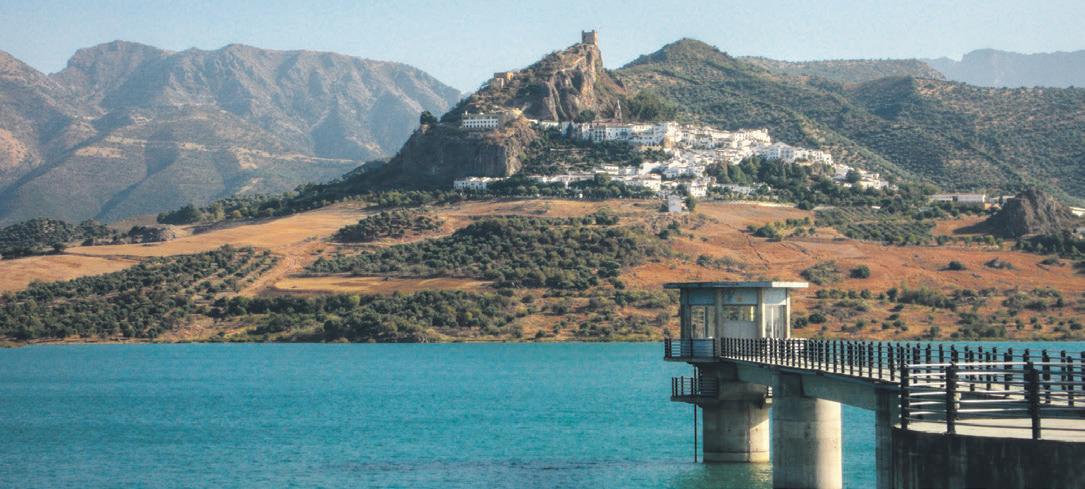
ZAHARA and Grazalema (below) are two of the most evocative towns around Ronda.
Both set in spectacular scenery and with some lovely sites, Zahara has a towering castle above it and a great restaurant Al Lago, while Grazalema (a beautifully conserved gem) was once the centre of the wool industry and you can still buy delightful rugs and bedspreads.
and you can even stay in the nearby finca if you Visit www.algabaronda.com


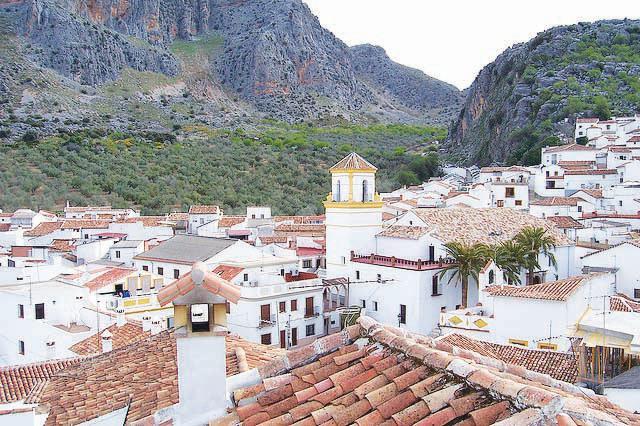
THE Serrania was once a major stronghold for bandoleros (bandits) and the tiny towns of Benaojan and Montejaque were famously where many holed up. But there is much more, such as the Cueva de la Pileta, near Montejaque (left), which has the oldest cave paintings in Spain, while Benaojan is the centre of the ham and sausage industry. There is also a fabulous walk from Benaojan Estacion down the river to Jimera de Libar, from where you can get the train back. At each end is a great lunch spot, with hotel Molino del Santo, when open in season, the obvious pick.

WHILE it’s about as stunning as any of the pretty villages around Ronda, there is one big difference with Juzcar… it’s blue. This is thanks to the Smurf movie that in 2011 decided to use the tiny village as the mythical base of the tiny creatures. It has been used a handful of times since and voted to stay blue some years back. But apart from the many attractions for kids, based around the movie, it is also the perfect place for a walk and to see Griffon vultures and crag martins.
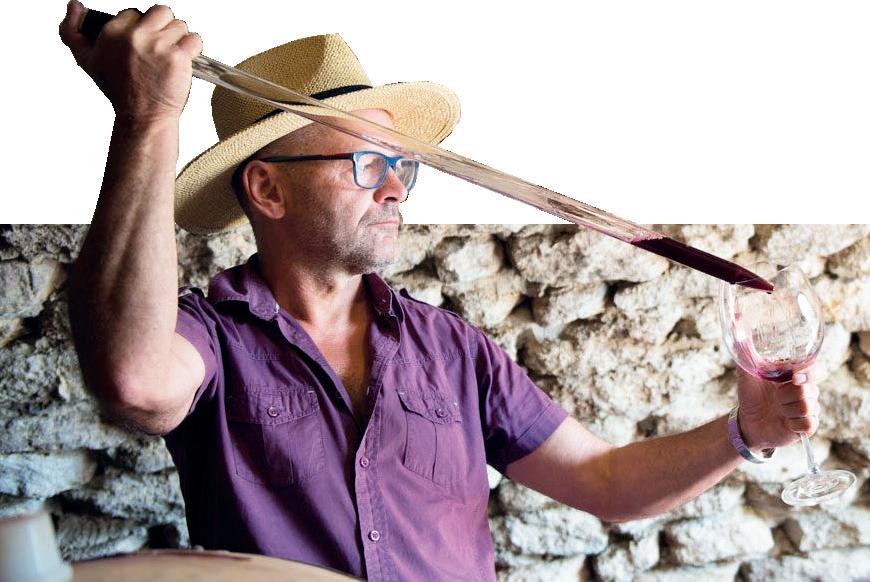
GO into any wine shop in Ronda, or any of its restaurants, and you will be amazed at how many local wines are now being produced.
In just three decades, around two dozen vineyards have launched and collectively there must be around 100 different wines on offer from the nearby hills.
Ernest Hemingway would most certainly have approved.
An infamous drinker, he once wrote: “Wine is a grand thing. It makes you forget all the bad”.
So the fabled writer would be amazed to discover that Ronda has so many wine producers and even, today, has its own appellation.
The DO Sierras de Malaga, Serrania de Ronda was confirmed in 2004 to represent the local vineyards, which grow dozens of grape varieties, some indigenous, including Melonera, Rome and Tinto Velasco.
There is also a well signposted wine route, which aficionados can follow around the local valleys and the Milamores Centro Integral de Vino helps to coordinate them, while also offering a museum on the area’s history.
It was the Romans who first planted vines in the Serrania de Ronda.
An advanced race, they realised the soil and the climate were perfect for winemaking.
To best understand this, take a ride up to Ronda la Vieja, the next valley over to the west.
The growing winemaking prowess of Ronda can be traced back to its Roman coins which featured grape tendrils, writes Jon Clarke
It is here at a height of 1000 metres that you’ll find the ancient Roman settlement of Acinipo, which once spread around its still largely intact amphitheatre.
All the land - allegedly hundreds of hectares - was dedicated to grape growing and the area had soon started producing wine good enough to export back to Rome, with Ronda becoming known back at Imperial HQ as the ‘city of wine’.
So popular did it become back in Italy that the local legionnaires were even allowed to mint their own coinage, appropriately with the tendrils of a vine and grapes on one side.
The neighbouring village of Setenil de las Bodegas (a clue is in the name) handily provided its famous caves as cellars for the maturing wine.
And once they were approaching the right age and/or strength they were dispatched on the week-long journey to Rome, as was the local olive oil in amphoras.
Further proof of the Romans making wine in the area can be found on the south-east facing slopes near Arriate.
Here, at Bodega Morosanto, archaeologists have excavated a sizable wine operation with pipes through which wine was transported to vats.
The discovery – among columns, stat-
ues and a 21-metre Roman pool - now means that historians can definitively link the production of wine in Ronda in 3AD.
The nearby rolling hills between Arriate, Ronda and
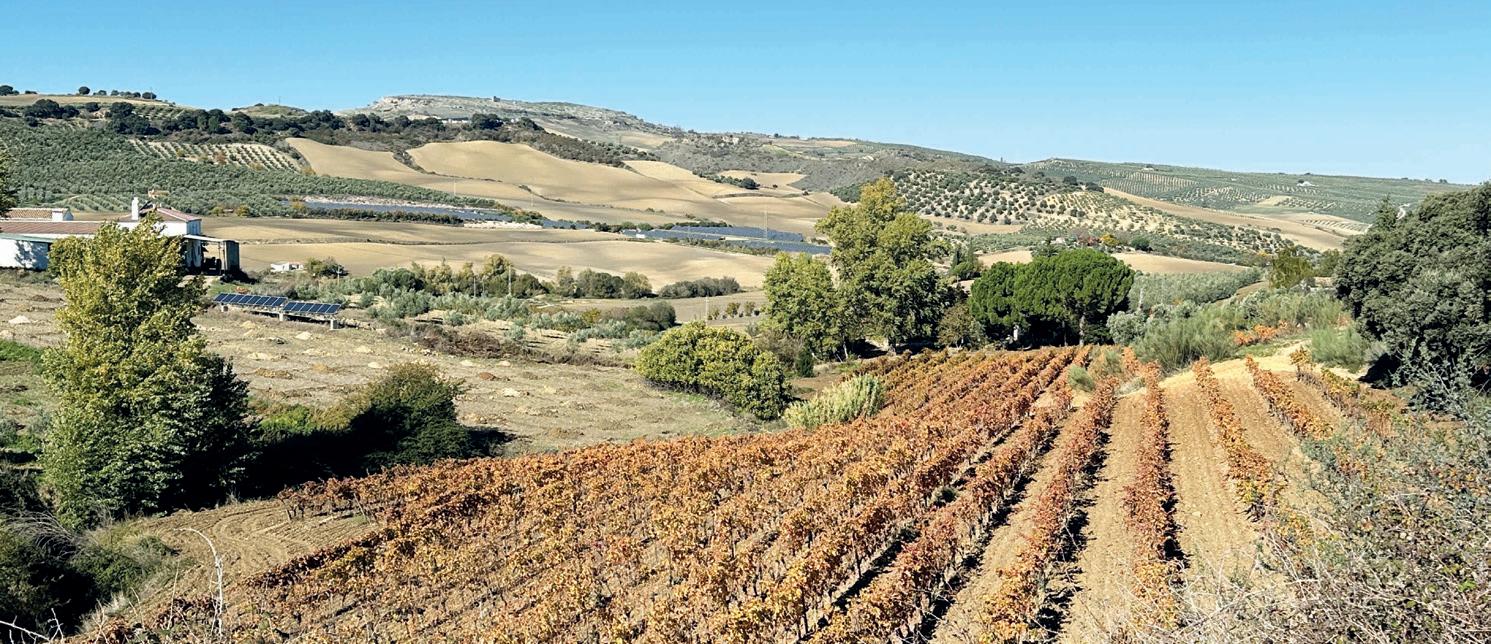
Acinipo were largely under vine and today the numbers are rising up again.
This includes the two dozen hectares planted by Ramos-Paul at Bodega El Chantre, and the largest local producer Chinchilla that has brought up various plots scattered around the area and is now said to have planted over 30 hectares.
The rebirth of the area’s winegrowing prowess started, ironically, thanks to expats.
It was German aristocrat Principe Alfonso Hohenlohe who first planted vines in the area in the 1980s, having sold his shares in the Marbella Club hotel, which he built in the 1950s.
Looking for another challenge he planted 80,000 French vines at Cortijo de la Monjas, which nestled in a natural valley,
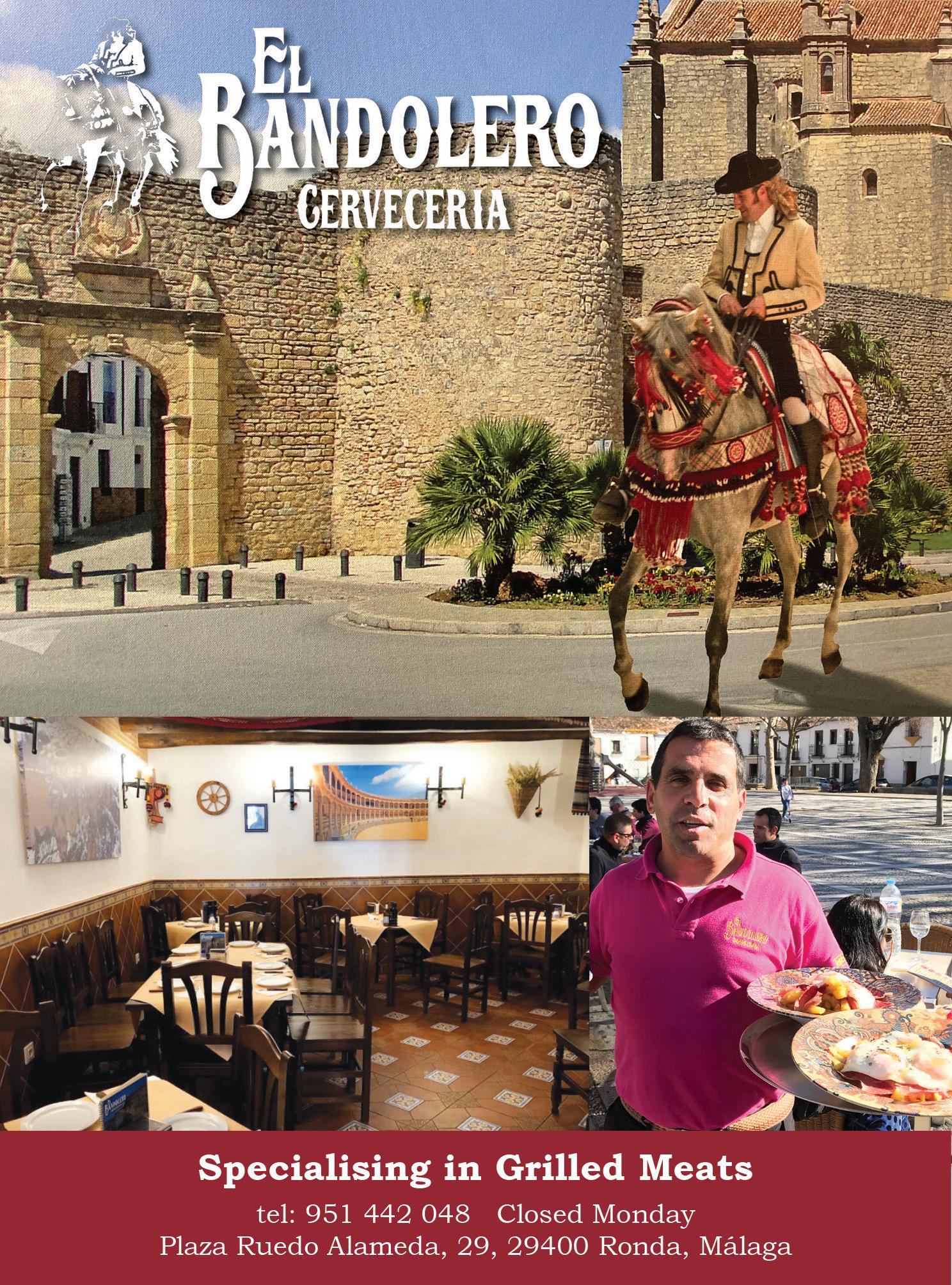
and sought help from various winemaking pals, including Marqués de Griñon and Michel Rolland. The wines however were rather disappointing until a skilled local oenologist
Juan María Vetas, who had done his time in Bordeaux, was drafted in. Improvements led to the vineyard being sold to an international conglomerate with Juan Maria heading to his own smallholding just outside Arriate, where today he makes his highly rated Vetas.
Another key trailblazer was Friedrich Schatz, a German from Baden-Württemberg, the best wine-producing area of Germany. He moved to Ronda nearly four decades ago with his parents to set up a vineyard on the road to Acinipo. Today his half a dozen wines frequently win international awards.
Other German-speaking vintners have followed suit.
Martin Kieninger from Austria and Theodor Conrad from Switzerland arrived two decades ago, while recently an American winemaker bowled up in the Ronda La Vieja area.
The majority of bodegas are small family-run wineries, but they can still be visited by appointment in the main, some offering far more than others. A top pick is that of Martin Kieninger, an architect by trade, who not only planted an incredible vineyard in stunning countryside near Ronda, but also built his own home and bodega. To visit call Martin on +34 630 161 156 or visit www.bodegakieninger.com
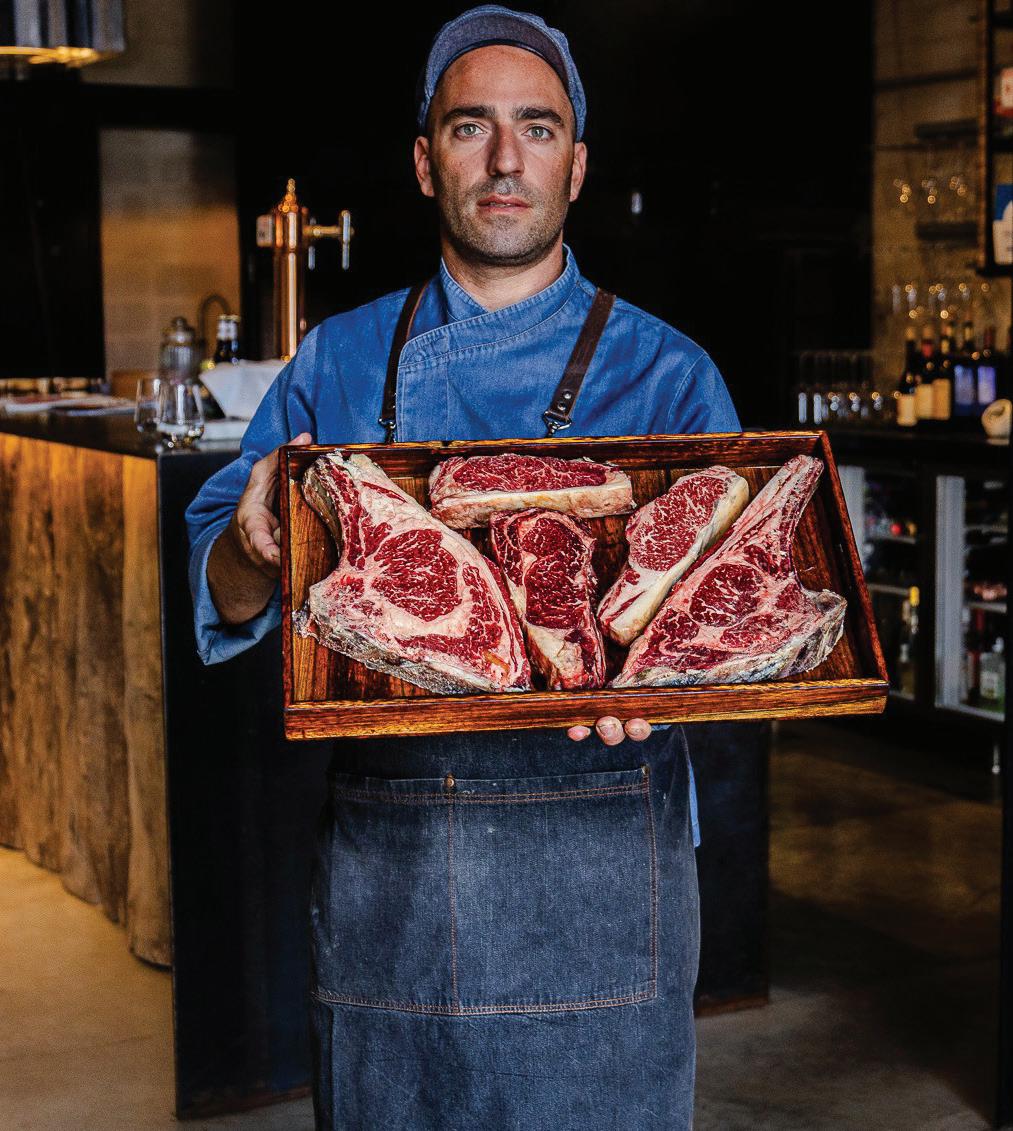
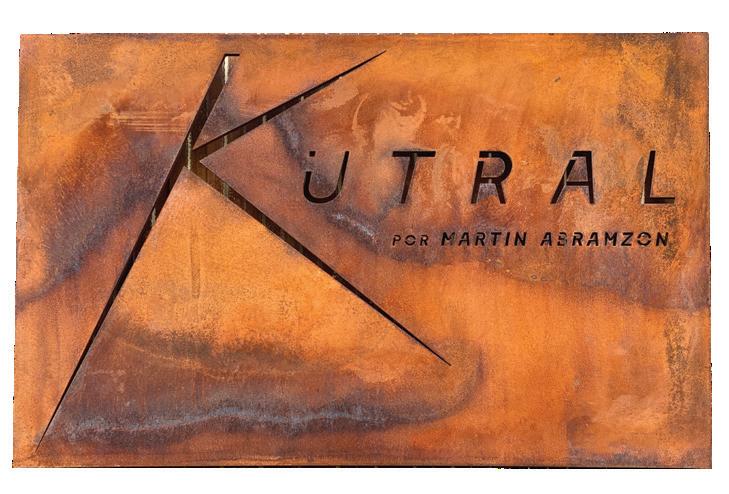
Christmas Fair promises to be a fun event
GET ready for the most magical weekend of the season.
The Gaucin Christmas Fair, a tradition for more than 25 years, is back this November 30 and December 1.

The fair promises a feast for the senses with breathtaking views, one-of-a-kind crafts, and delicious homemade treats
The town will be alive with festive spirit as locals and visitors flock to the fair, where stalls are packed with unique gifts, handcrafted decorations, and jaw-dropping creations from the region’s top artisans.
And it’s not just about shopping – food lovers will be in heaven with a mouthwatering lineup of Spanish delights, including roast pork sandwiches, creamy croquettes, sweet pies, and of course, mulled wine and cava to get everyone in the holiday mood!
Kids won’t be left out, with face painting and festive crafts to keep them busy, while live music from Marcus Meyers (Saturday) and Elizabeth Zeder (Sunday) fills the air. Don’t miss the Gaucín Christmas Fair – is not only a chance to find one-of-a-kind gifts but a vibrant celebration of community spirit, bringing holiday warmth to all who visit.

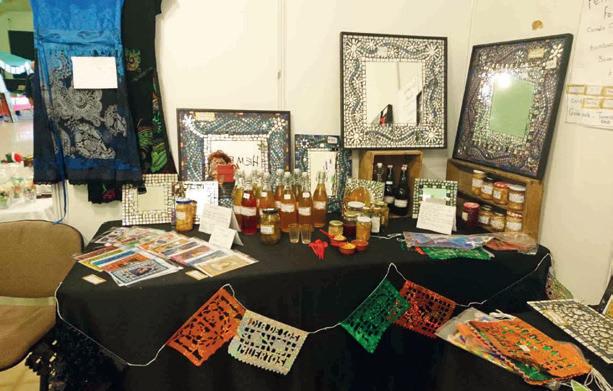
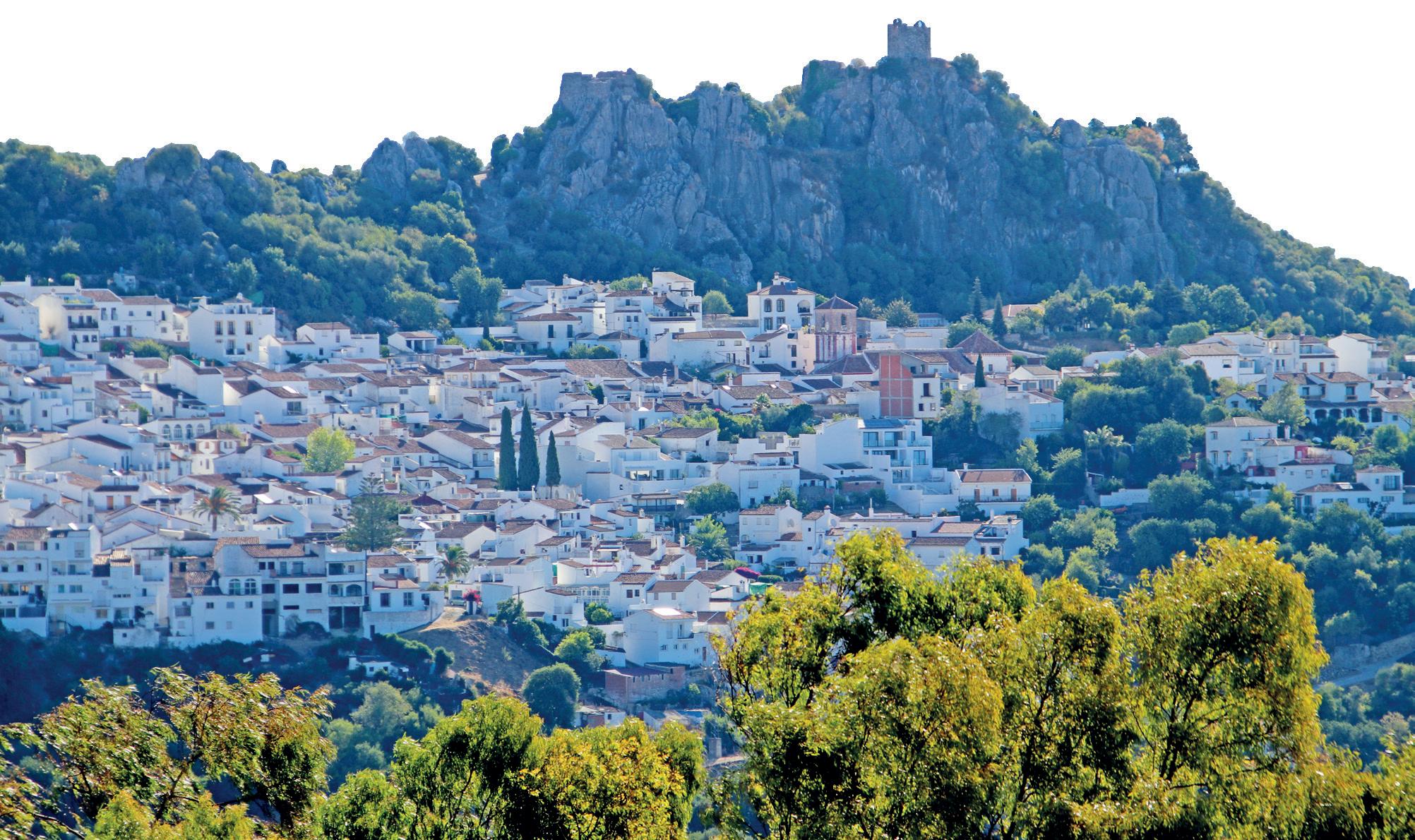
Gaucin is the perfect place to get outside and get active
IT’S not hard to see why Gaucín is known colloquially as ‘El Balcon de La Serrania de Ronda’.
Perched on a rocky outcrop at over 600m above sea level, the beautiful village has some of the best views in Europe, particularly across to North Africa.
Sitting in the Sierra del Hacho, this is a foothold into one of Andalucia’s most stunning mountain ranges, the Serrania de Ronda and Gaucin is its mostly Western point. Surrounded by breath-taking mountain scenery with stunning views across two continents, it's ideal for a day trip



or long weekend, being just 30 km from the Costa del Sol. The best time to visit is the cooler winter months when you can combine outdoor activity and fresh mountain air with great local and international food.
If you like hiking, cycling, birdwatching, mountain-climbing - or just simply sitting outside a restaurant terrace admiring the views - then make sure Gaucin is at the top of your list of things to do this Autumn.
Pack your walking shoes and get ready for some invigorating hikes immersed in wonderful nature.
Whether you are a keen hiker or just fancy a family stroll before lunch, you can take advantage of the excellent network of walking routes ranging from 6 to 14km in length. The majority start and finish in the village and the excellent tourist office in Paseo Ana Toval has all the information you’ll need… or simply
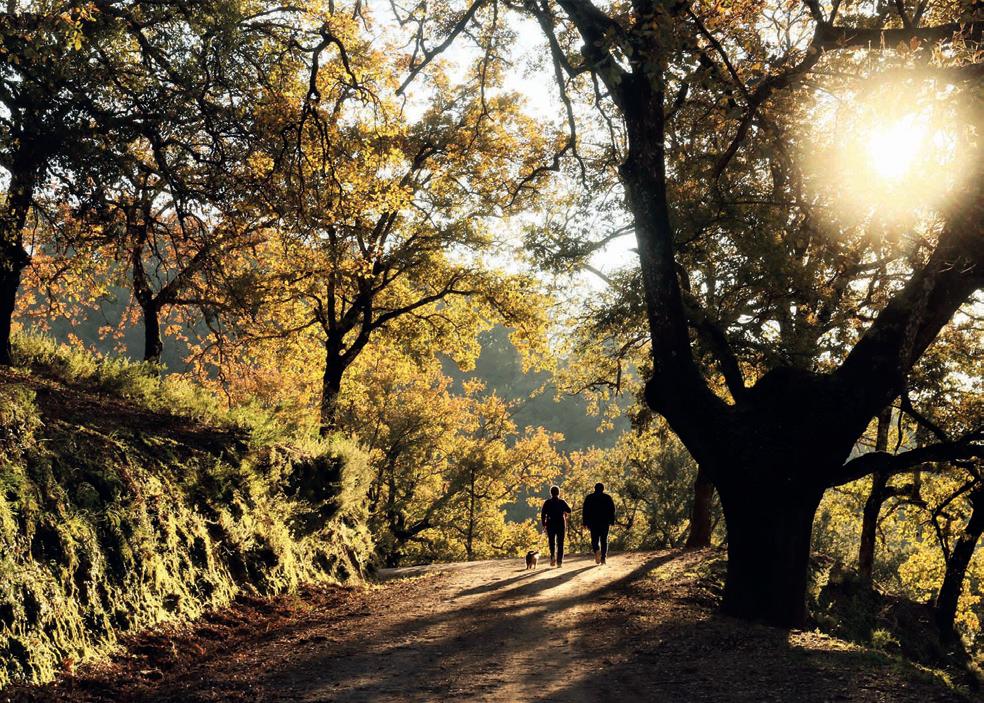
CELEBRATED: Walking in the chestnut woods in winter
visit: www.visitgaucin.com/ en/walking/ Walking is not the only way to experience the beauty of this very special part of Andalucia.
Of course you may just fancy a gentle amble through this whitewashed village before lunch at one of the award-winning restaurants. Pick up a map from the tourist office and visit the castle and the stunning cemetery
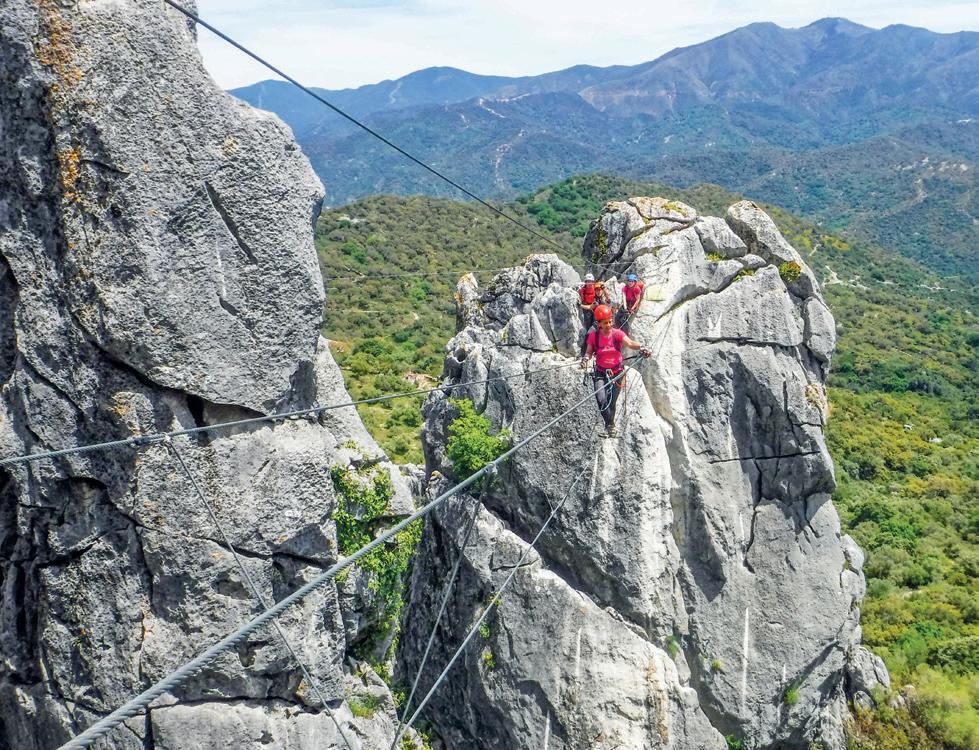

The ruins of the Castillo Del Aguila are located at the top of the town at 688 metres above sea level and look proudly over the Genal Valley, Campo de Gibraltar and North Africa. It received its name because of the birds of prey that frequented the castle and can still be seen around the ruins today.
The castle is of Roman origin but was reinforced by the Moors in the period of AlAndalus. Since then it has been rebuilt several times.
The wall, the ‘Homenaje’ tower, the water tanks and an escape mine are all preserved. Guzman El Bueno died in the surroundings of the castle in 1309 when he tried to conquer it from the Moors.
Note that the opening hours of the castle during these winter months are from 10:30 to 13:30 and 16:00 to 18:00 7 days a week.
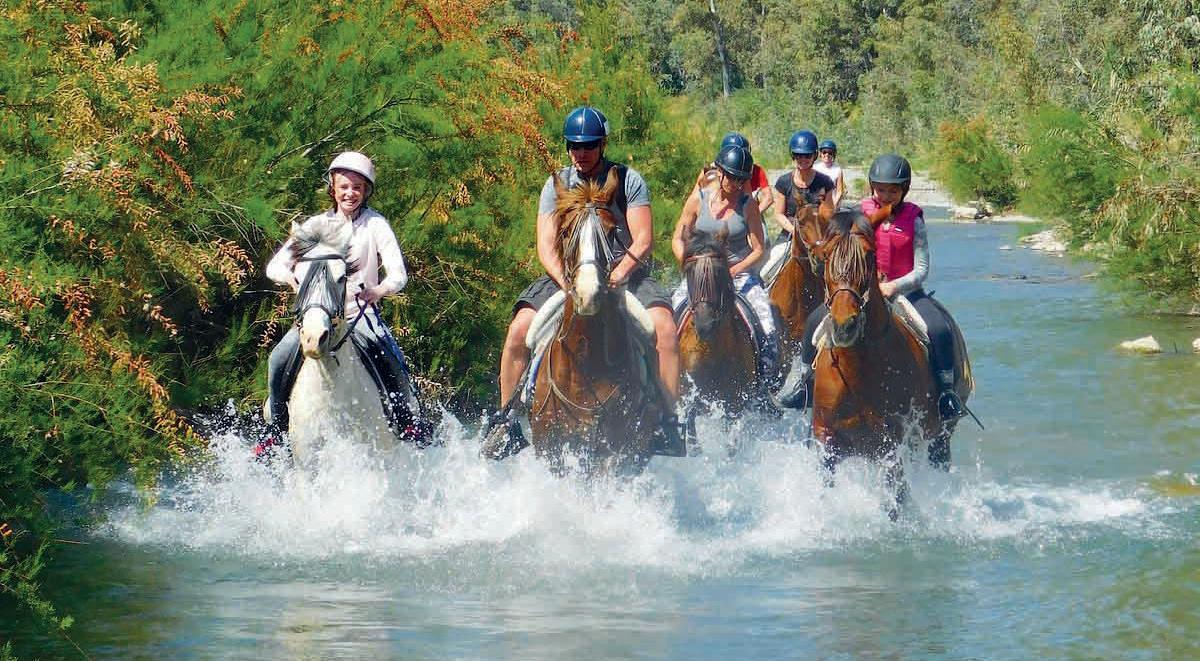
Riding Fun in the Sun before your reservation. Take a slow walk up to the castle and soak up the history and the views across the straits of Gibraltar as you wet your appetite.

NESTLED in the heart of Andalucía, learning Spanish is more than just studying a language - it’s about diving into a rich culture, creating connections, and enjoying a transformative experience.
Spanish language school Rondalingua invites you to embark on a journey that blends personalized learning with the vibrancy of Spanish life. Whether you're a beginner or looking to polish your conversational skills, our diverse range of Spanish classes is designed to meet every level and pace.
Group Classes: Learn, Connect, and Grow Together
Our group classes offer an immersive experience in a friendly, supportive environment.
By learning alongside fellow language enthusiasts, you’ll build con-
With small group sizes, we ensure personalized attention, so every participant thrives.
Ideal for those seeking a social and enriching way to learn, our group sessions are perfect for embracing both the language and the vibrant Andalucian lifestyle.
Intensive Courses: Fast-Track Your Spanish Skills
Pressed for time but eager to immerse yourself? Our intensive courses are crafted to maximize language acquisition in a short span of time. These courses combine rigorous, tailored instruction with engaging activities to accelerate fluency.
Over the course of a week or month, you’ll see your language skills leap forward. With a balance of classroom learning, real-world practice, and cultural exploration, you'll gain confidence and competence to communicate effectively.

1:1 Online Classes: Personalized Learning, Anywhere
Busy schedule or living outside of Ronda? Our 1:1 online classes bring the Rondalingua experience
directly to you, wherever you are.
Unlock the joy of learning Spanish with RondaLingua in Ronda fidence, share cultural insights, and enjoy interactive lessons guided by expert local teachers.
Customized to your level, goals, and learning style, these sessions offer unparalleled flexibility.

ance from our experienced teachers. Connect via video and learn at your own pace, from the comfort of your home.
Tailored Learning Levels to Suit Every Student
At Rondalingua, we meet you where you are, offering classes at all levels of proficiency. Here’s how we structure our programs to help you progress. We start with A1 Principiante classes (Nada de Nada) for complete beginners.
We then move up to A2 Elementary, then A2 + Pre-Intermedio. Next up is the B1 Intermedio level where you will start to really speak Spanish, and then B2 Intermedio Avanzando, where you’ll start to grasp the subjunctive tense.
But there is much more than Just Classes – A real Cultural Adventure Awaits
At Rondalingua, we believe language learning should be immersive and inspiring. Our classes incorporate real-life interactions, cultural workshops, excursions, and local experiences that allow you to practice your skills naturally.
From exploring Ronda’s breathtaking landscapes to cooking Spanish delicacies or learning flamenco, we make learning Spanish a joyous adventure.
(See

Finally, if you are really making hay you can join our C1 Avanzando classes where we will really take you through your paces and turn you out a fluid and spontaneous Spanish speaker.
Whether you’re preparing for a job, a move to Spain, or just want to communicate better during your next trip, our online lessons provide individualized attention and expert guidCourses-SpecialOffer20%discountonallgroup coursesofover20hoursbookedbefore 20thDecember,usingdiscountcode OlivePress2024*conditionsapply 617398214
Join us at Rondalingua and make Spanish more than a languagemake it a part of your life. Whether you're learning in a group, going all-in with an intensive course, or connecting on-

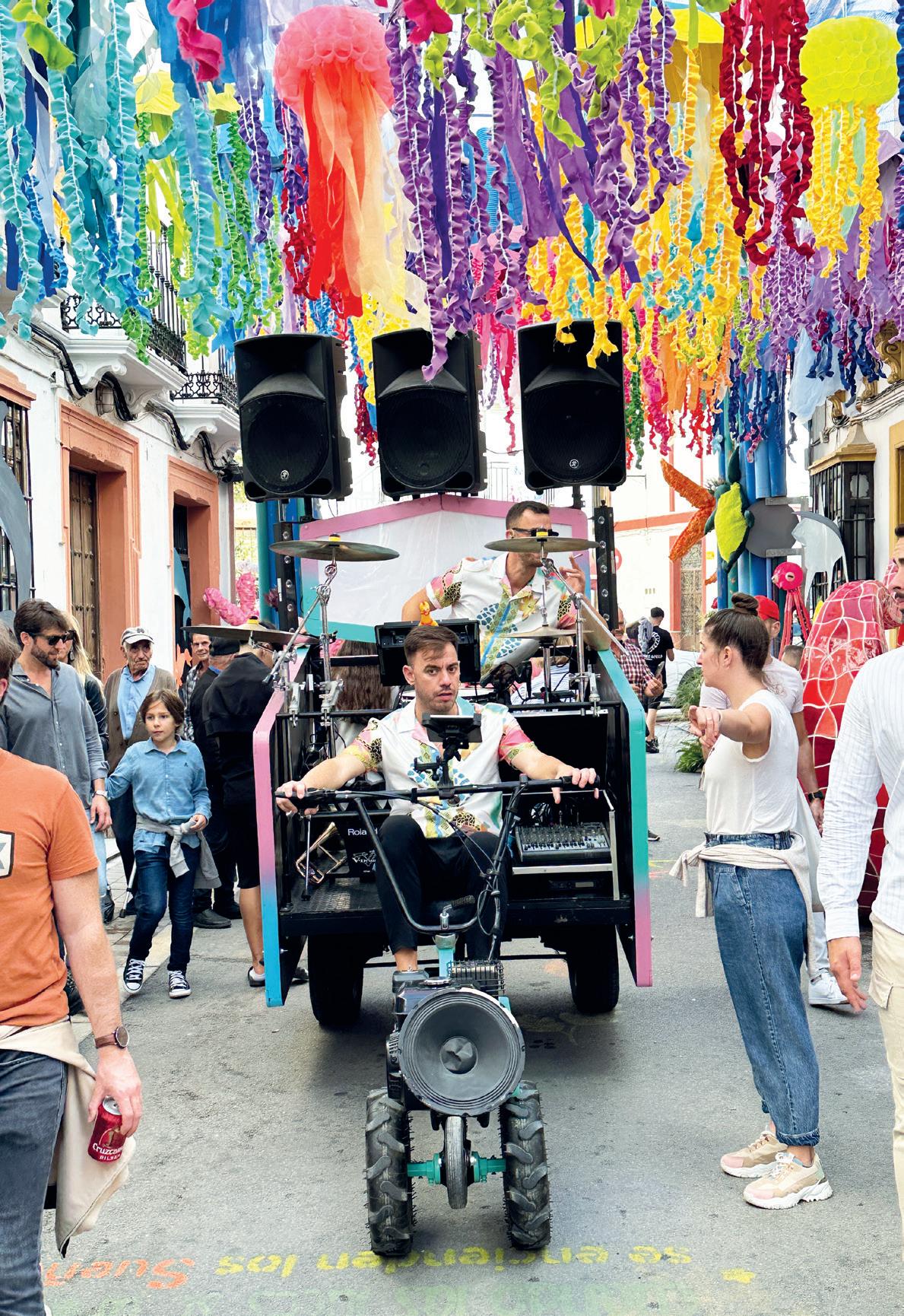
QUIRKY: A moveable sound system at Arriate’s Fiesta en el Aire


IT might only be five minutes from Ronda to Arriate by car, but it’s five light years away in character.
Indeed what Ronda has in history and heritage, its nearest neighbour of Arriate has in authenticity and charm. And it definitely has a lot more fun. A buzzing village of 5000 people, Arriate offers a great quality of life, far from the usual tourist drag and it punches well above its weight.
Fiercely independent of Ronda, it wrestled control from its near neighbour over four centuries ago and the locals insist they have always been entirely different.
It was in fact on February 14, 1630, that the villagers paid 352,739 Maravedies in order to buy their independence from Ronda.
As a result the village has Saint Valentine as a patron saint and now bills itself as the true ‘pueblo de amor’ (village of love) where visitors might get smitten or cement their relationship. I did and have lived near the village with my wife for over two decades. Arriate took its name from the Arriadh estate which had existed since Moorish times, deriving from the Arabic
Jamones y Embutidos Melgar
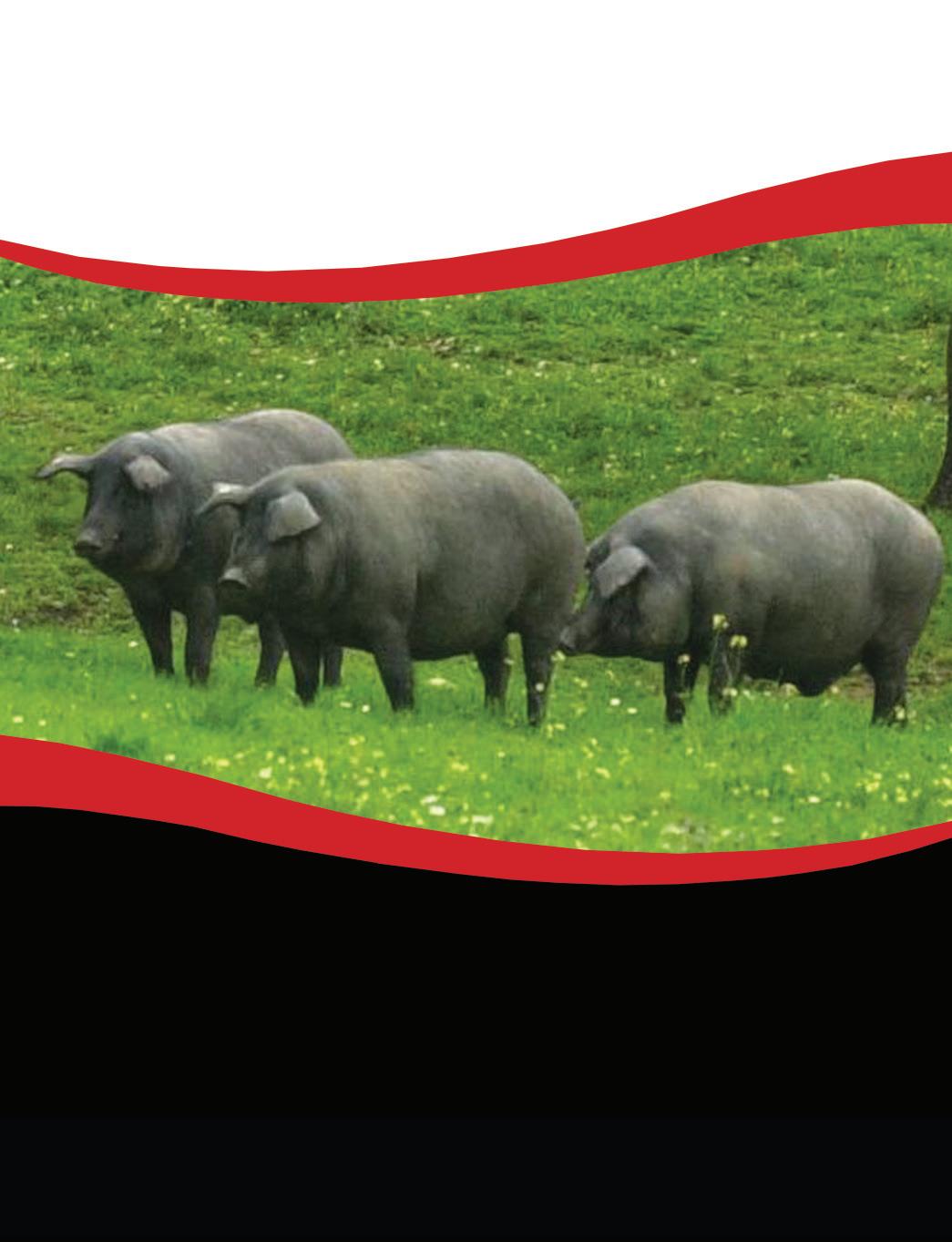
While enveloped in stunning mountain scenery, warm-hearted independent Arriate is famous for its friendly locals and a love of partying, writes Jon Clarke
rietenos are far more worldly and friendly.
“We are certainly far more open than the locals in Ronda,” explains businesswoman Carmeli Gamarro, whose family firm Melgar have been curing and salting meat for many centuries.
“The Arriatenos are worldly people, who have travelled the globe in order to work,” she continues. This is certainly the case with the majority of them having to emigrate to other parts of Europe - principally France, Switzerland and Germany - during the harsh impoverished years of the 1960s and 1970s before the death of Franco.

dence of man, going way back before the Romans.
A wonderful statue with a worker holding his suitcase and looking longingly back at town from near the train station is appropriately called ‘el emigrante’.
Many of these workers finally made it back and you can’t fail to notice the number of contented pensioners hanging around watching the day go by.
term meaning ‘the gardens’.
And this was no surprise as the leafy area has two rivers and is well irrigated, long supplying most of the fruit and vegetables to nearby Ronda, which totally envelops Arriate making it a sort of island.
But while just over eight kilometres square - the smallest district in Malaga province - it is one small village that massively punches above its weight.
Staunchly left wing since the death of dictator Franco in 1975, the locals insist their snobbish ‘pico’ neighbours
One place, Bar La Albarra is so famous for these old boys that one Dutch photographer put together an exhibition based entirely around its regulars. There are dozens of bars here for them… but equally there are dozens of shops, with at least two greengrocers, two flower shops, three bakeries and four butchers alone.
Local mayor Francisco Javier Anet is of a similar mindset and sums up Arríate’s passion for the countryside and nature.
“It’s a breathtaking space and a real adventure for anyone looking for a genuine escape,” he explains. “It’s this natural way of life we want to promote to anyone thinking of visiting the area.”
Anything but your average politician, he has worked as a photographer and had various photos published in the national press.
It is little surprise that Arriate – after Ronda – is one of the only inland Malaga villages to continue to grow over the last few decades.

A staunch environmentalist, having studied Geography at university, he is keen to promote the wonderful green spaces and walks around the local area.
In particular, the trails around the Arroyo de la Ventilla, a stun
Much of this must be down to its laid back nature and reputation for being a party town. Despite being ruled by the IU (or Communist party) for well over a decade (the socialist PSOE party finally took over a few years ago), there is more interest in having fun than the teachings of Chairman Mao.
This might perhaps explain why – despite its apparent hard left leanings - the village has some of the best known Easter parades in Andalucia. Highly competitive and reaching fever pitch around Good Friday, practically every family has a member in one parade or another. Indeed, such is the clamour to be involved, the brotherhoods even hold lotteries for the right to carry the floats (or tronos) of Jesus and Mary.
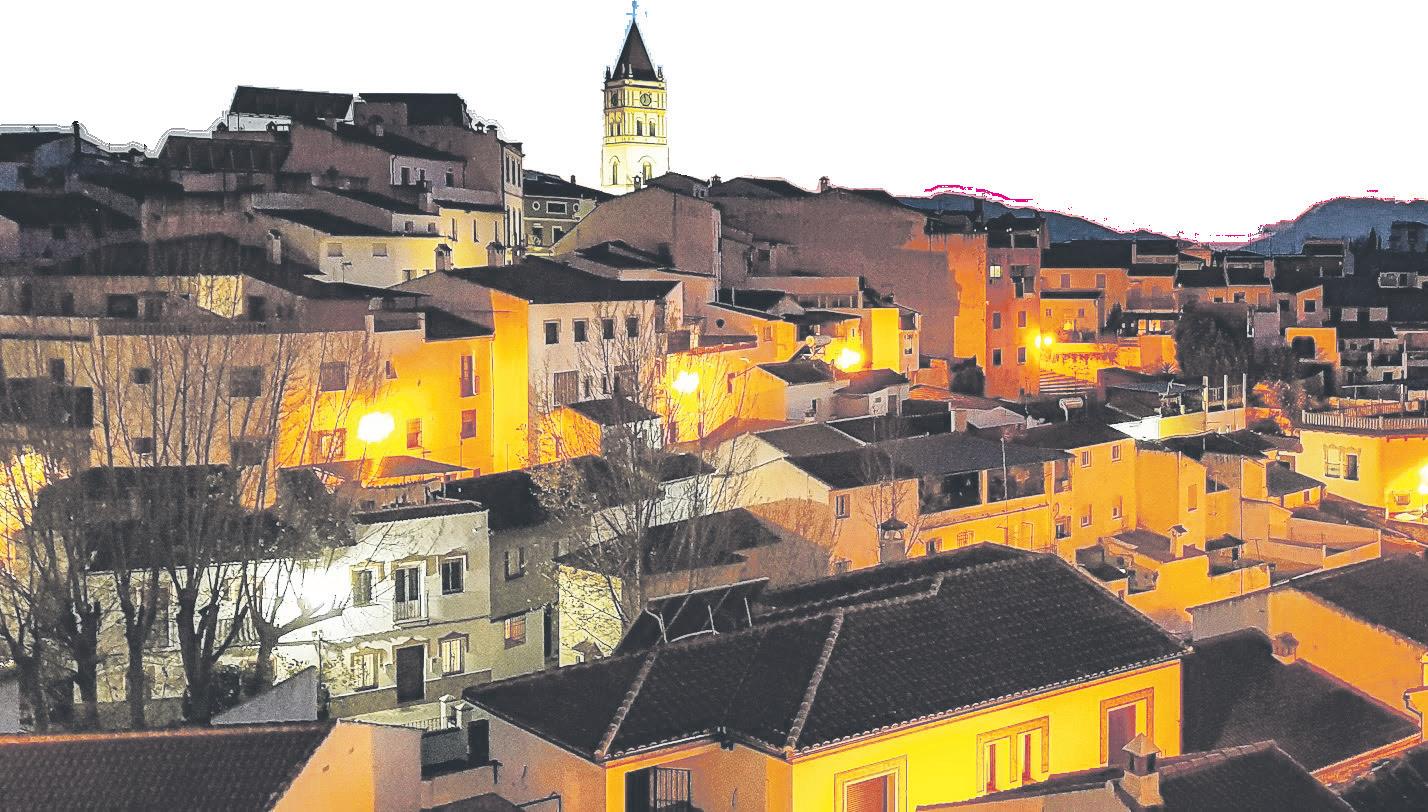

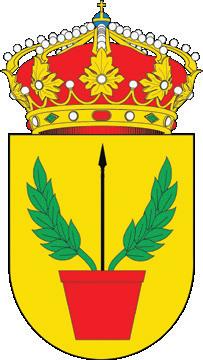

are taken very seriously and they are very moving, but it is a simple fact that most of those involved hardly ever go to church and so it is really just down to tradition.”
Aside from the 400 years of tradition that brings thousands of visitors to see the Hermandad del Santisimo Cristo de la Sangre and del Santo Entierro de Cristo at Easter, there are other festivals such as the Romeria, the Dia de la Vieja, and the now famous Fiesta en el Aire, (pictured right), which takes place in October.
A wonderful three-day festival of fun, there are live bands, amazing food stalls and more artists than you can shake a paint brush at.
Around 20.000 visitors make it for the now famous weekend, which almost always signifies the start of the rainy season.
“It is this sort of thing that really makes the Arriate people stand out,” explains former mayor Melchor Conde, who is an agronomist by trade. “They are above all very generous; and always have an open door and are happy to give you what they have.”
Another curious trait about Arriate is its wealth of musical talent. There are two town bands, a drumming group and ‘everyone plays one instrument or another,’ it is claimed.
It is a tradition that can be traced back even before the origins of the town, when a mythical group of country musicians roamed the area playing music in the dead of night.
Known as La Aurora de Arriate, the group of musicians still keep up the tradition playing in the dead of night on Sunday morning between the hours of 4am and 6am.
With origins from Arabic times in the 13th century, the coplas, or local songs, have been passed down from generation to generation and became famous when in 1973 the British National Geographic Society recorded them for an album on Spanish cultural music.
A capacity for music and culture is all too obvious with a visit to the incredible Los Caireles restaurant on the high street. There are few surprises in the
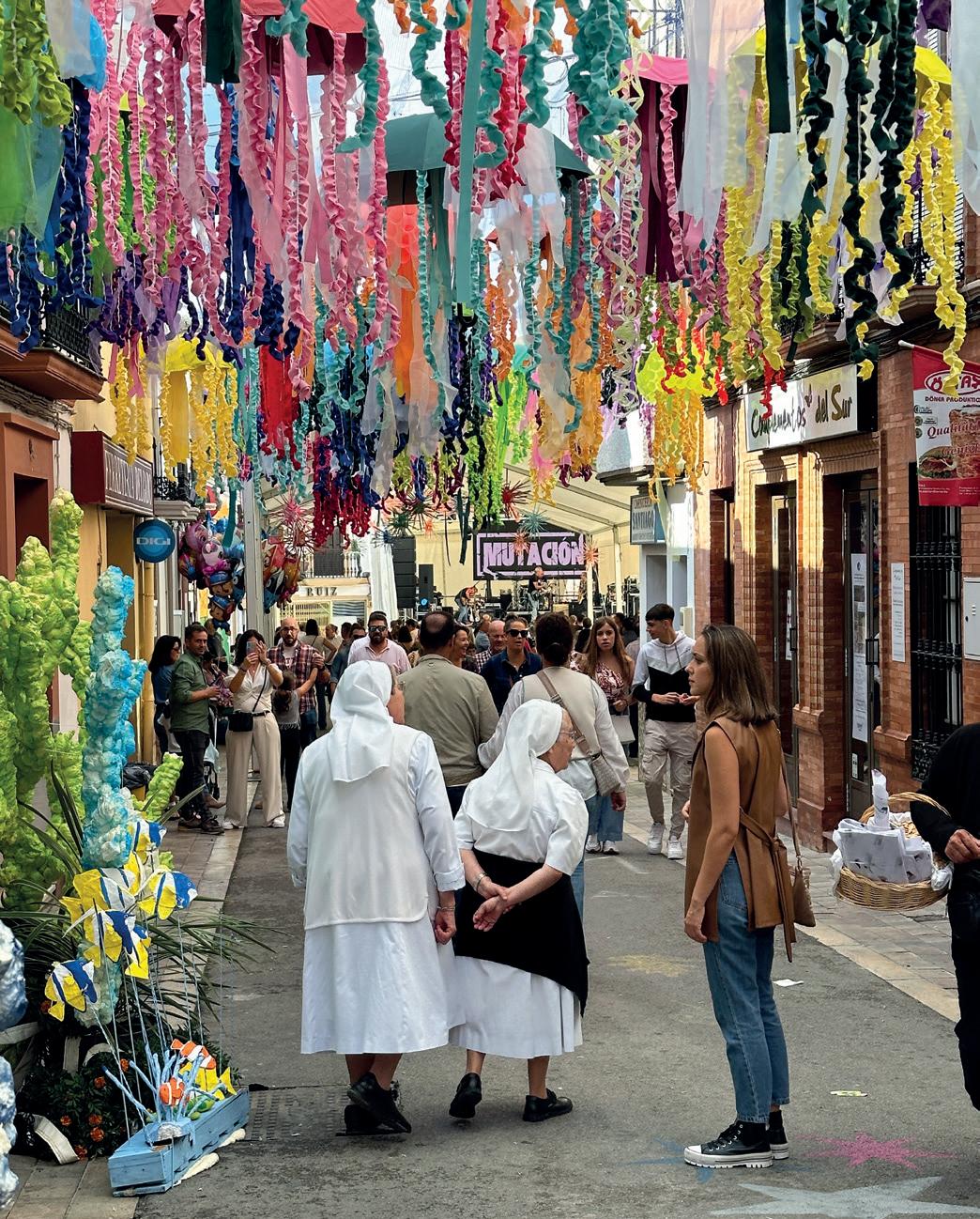
JOYOUS: A pair of nuns take in the Siesta en el Aire, while (top) a giant bench up the Arroyo walk
Serrania de Ronda as pleasant as walking through the anonymous, easy-to-miss doors into this wonderful space that was once a cinema.
The brainchild of brothers Roberto and Monolo Rivera, they have undertaken an amazing conversion of the 1940s Cine Ideal, that is incredibly still intact out back.
The bar and open-plan restaurant with its glass roof light is just one small corner of what was once the cinema. And what a gem it is, with all its cine memorabilia scattered around the walls and corners.
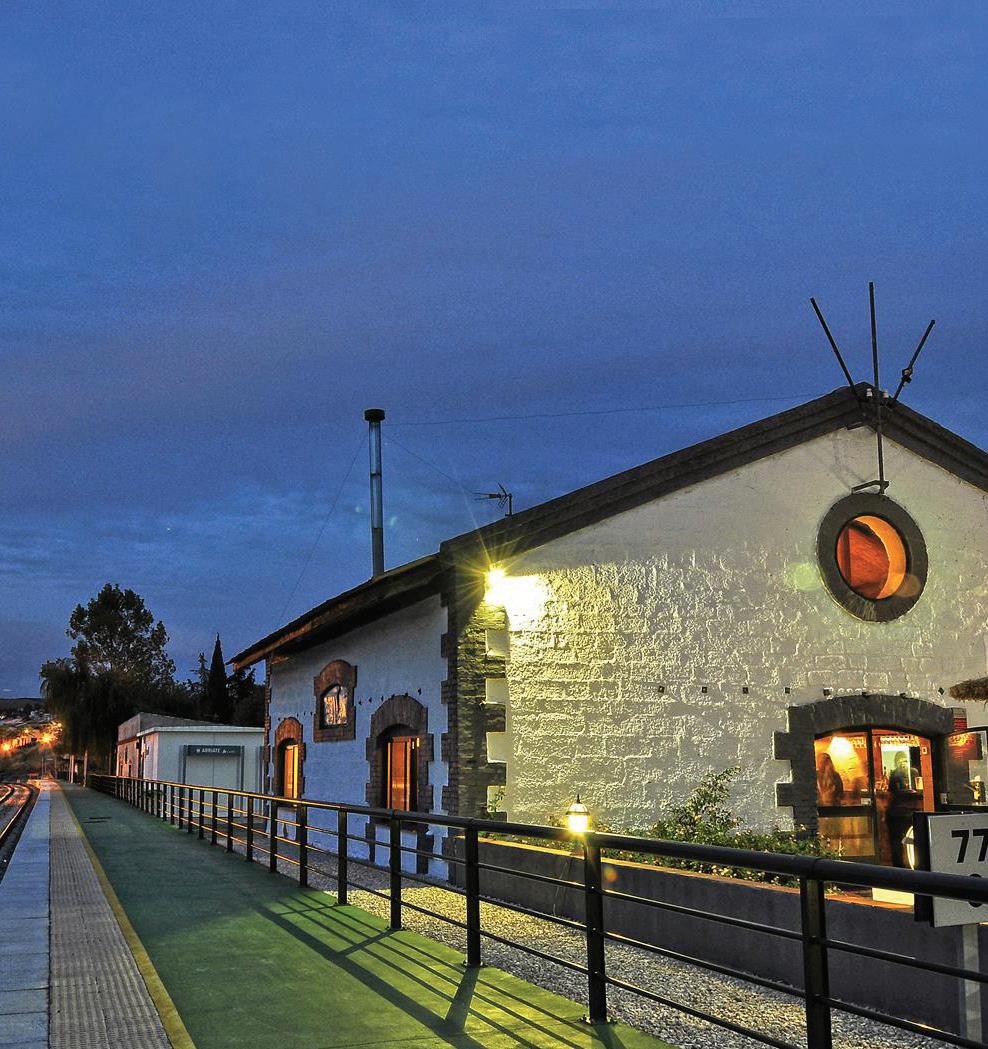
WEDNESDAY TO SATURDAY | LUNCH AND DINNER SUNDAY | LUNCH
being heavily censored by the local priest and mayor, who would watch the film first demanding cuts all over the place.”
Running until 1988, when due to dwindling audiences part of it had to be converted into a flamenco venue, the brothers have kept it intact out back despite numerous offers from developers to turn it into flats.
All its cine memorabilia is scattered around the walls
“Our father was a real film fantasist,” says Monolo. “This was one of the most popular cinemas in the Serrania.
“People came for miles around despite the movies
“This is our legacy and part of our town’s key history,” says Roberto. “I grew up watching Cinema Paradiso and always dreamt of one day opening the cinema up again. One day we hope to be able to find the funding to do that.”
More entertainment? Please do, it is, after all, what Arriate is about.



After 40 years serving Ronda, Almocabar restaurant is back in safe hands
POLITICIANS, presidents and even kings have eaten in Ronda’s grande dame of dining Almocabar.
So it is incredibly fortunate the historic restaurant is now in the hands of talented local chef Antonio Dominguez (above).
Having trained at La Fonda cookery school in Benalmadena and a long stint under the Michelin starred ‘chef de caviar’ Diego Gallegos at Sollo (pictured with Diego, left), he is breathing new life back into one of Ronda’s most emblematic places to eat.
With a raft of new dishes and a talented new team, Antonio, 30, is aiming to be ‘one of the best’ in Ronda.
“I’m working and working to really push the best KM-zero produce from around the Serrania and really drive this place forward,” he explains.
“I want to be up there with Benito at Bardal
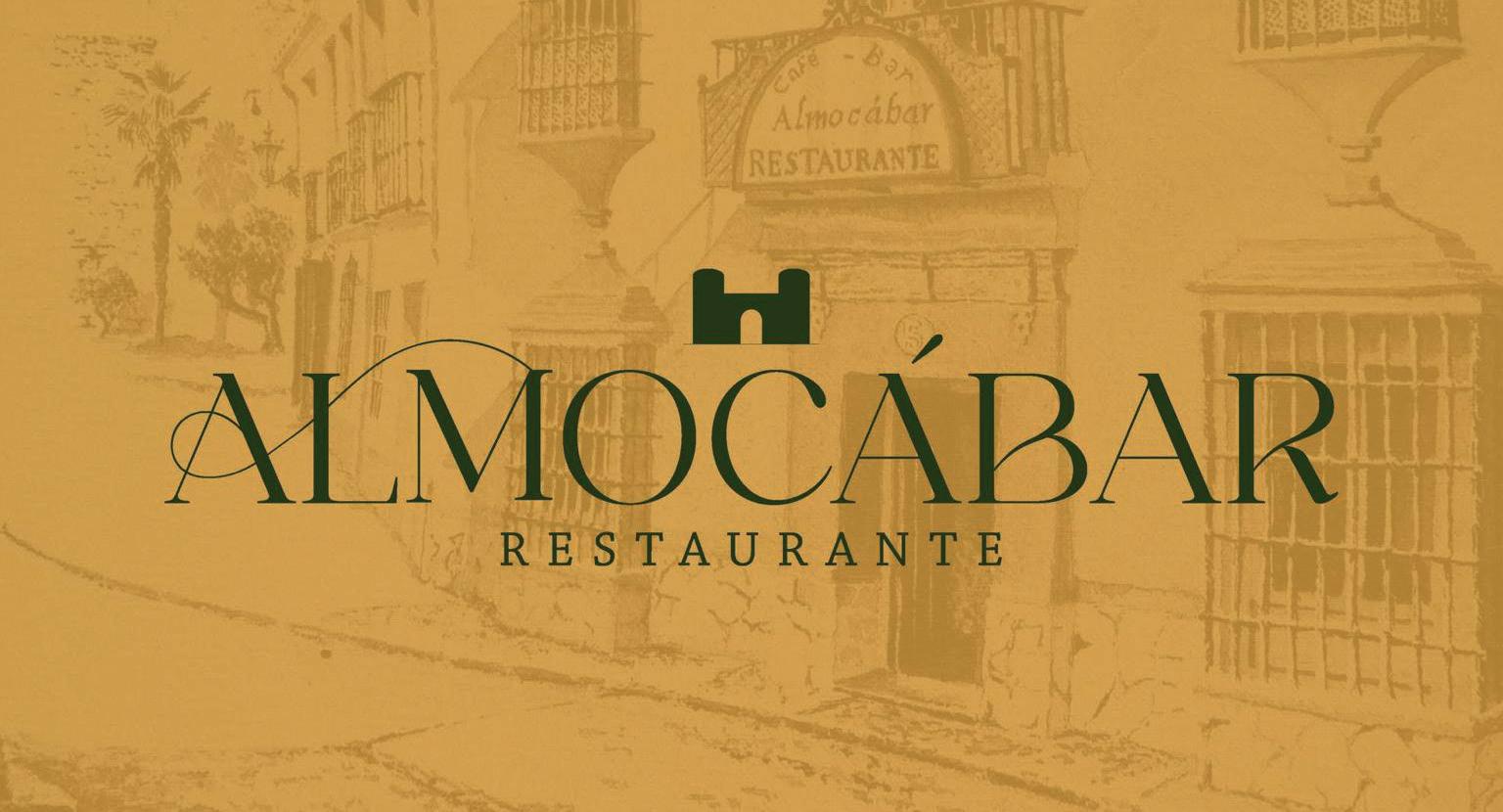
Tel: +34 952 875 977
Email: almocabarronda@gmail.com
Open: 13.00 to 16.00 and 20.30 to 23.00 www.almocabarronda.es



and prove to all the famous people who have eaten here that Almocabar is maintaining its reputation,but with new quality dishes.”
The list of prestigious diners so far includes the former president of Mexico, the King of Holland, bullfighter Cayetano Rivera and Junta president Juanma Moreno.
Set up by popular restaurateur Manolo in the ‘80s, it counts on an amazing wine list and is charm personified not just inside, but out in the wonderful Plaza de San Francisco, particularly on sunny lunchtimes.
Antonio himself worked his way up from washing plates to running restaurants in Grazalema and later Ronda.
“I started from the bottom and luckily learnt so much from Diego at Sollo,” he explains.
“He taught me everything and even took me on trips to Mexico and to cook for Antonio Banderas, so I’m forever grateful to him.”


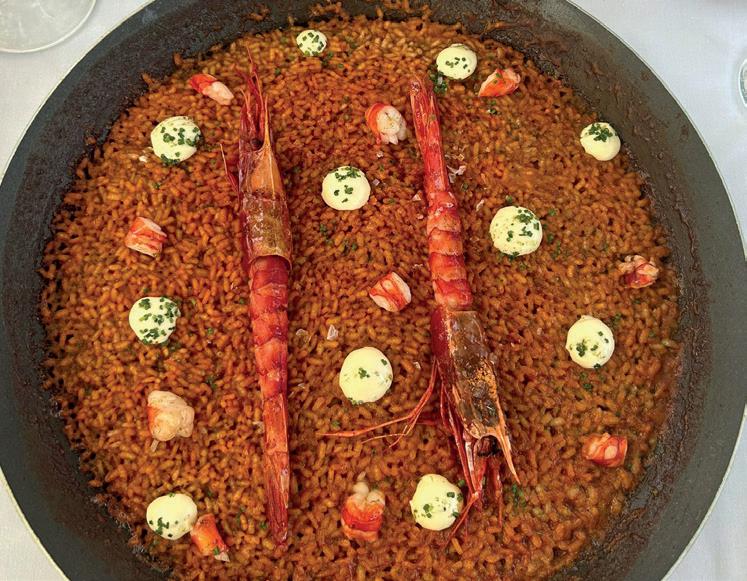

The melting pot of restaurants in Ronda is second to none in Andalucia, writes Olive Press editor
JON CLARKE
IT might seem like a backwater in the middle of nowhere, but Ronda really is the veritable pot at the end of the restaurant rainbow.
A cauldron of quality local ingredients and a chopping board of talents, Ronda and its nearby Serrania is one of the true hotspots for dining in southern Spain.
Take my word, having travelled far and wide to unearth a chestnut or seek out a morsel, interviewing well over 100 chefs in the process, much of it for my book and website Dining Secrets of Andalucia , as well as the Olive Press.
While I have waxed lyrical about the culinary revolution in Madrid, raved about rural gems such as Asador Etxebarri and fallen in love with San Sebastian over the last ten years, few places equal the joy of a tapas tour in Ronda in the heart of winter.
When I first arrived in the mountain town two decades ago, it certainly had its highlights, but it definitely lacked a proper line up of decent eateries.
Today, you can eat well in easily a dozen places, while the level of talent includes many chefs who have worked in the world’s best three Michelin star joints.
Top of the pile by some length is two Michelin stars (maybe three by the time you read this) chef Benito Gomez (pictured with me above), a Catalan dynamo whose restaurant Bardal has taken the town to new heights.
Having trained under Spain’s most famous chef Ferran Adria (El Bulli), he moved to Ronda


via a stint at Adria’s sister restaurant Hacienda Benazuza, near Sevilla.
I first tested his food there some 15 years ago, an amazing 25-course masterclass which was easily one of the best meals of my life.
Bardal comes close, thanks to Benito’s love of the Serrania's local ingredients and his original way of using them.
If his long (and for some pricey) tasting menu doesn’t suit you his nearby diffusion restaurant, Tragata (also now open in Malaga) gives you a nice taster of his skills.
Closeby are, no less, than FOUR other joints where the chefs have worked at the very top Michelin star restaurants in Spain.
Take Taberna Almacen where Javier Pimentel is continually changing and upgrading his menu, supported by a big team of youngsters.
Having trained at San Sebastian’s three star cathedral of cuisine Akelarre and later with Malaga’s top chef, Dani Carnero, he’s more than earned his culinary stripes.
“Ronda has seen a big general improvement in quality and creativity over the last few years,” he explains. “With new places opening it has created a really healthy rivalry.”
I always end up eating very well here and there are usually lots of specials of the day, while dishes incredibly start at just a few euros.
I am a big fan of his stews and soups, while his smoky baba ganoush, with fried sweet potato chips, dried carrots and bananas, is a veggie delight.
Like Benito he is always hunting down the best local ingredients, in particular the bread from artisan baker, Panaderia Maximo, in nearby Benaojan. His ‘Mollete de Benaojan’ is one result, a lip-smacking mini-bocadillo of blue cheese and local Iberian ham.
Just around the corner you’ll find the highly-rated Quinto Tramo , which has become the nerve centre for foodies over recent months. The very essence of Ronda, head chef Jose Luis Pacual's parents ran a hat shop here




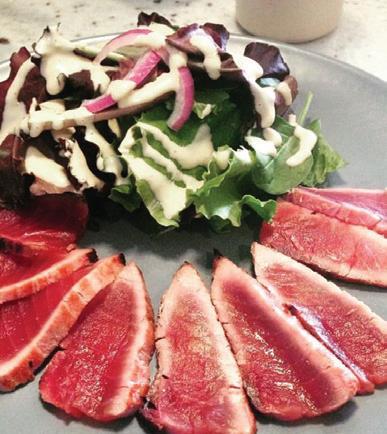
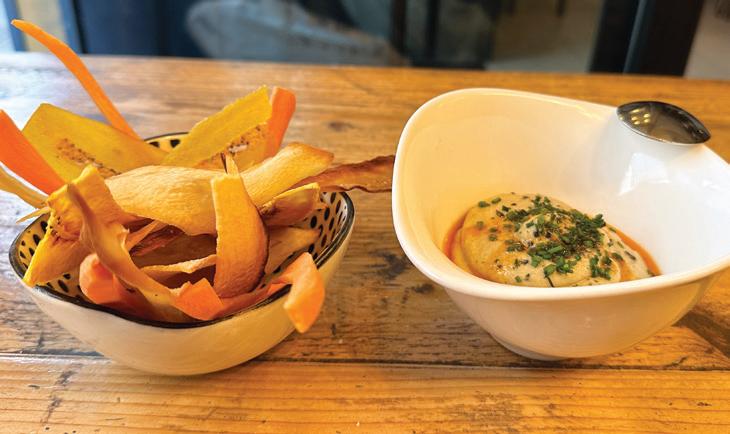
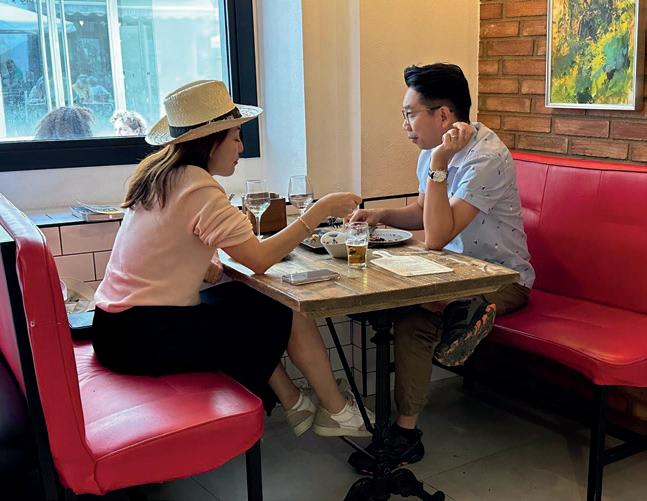
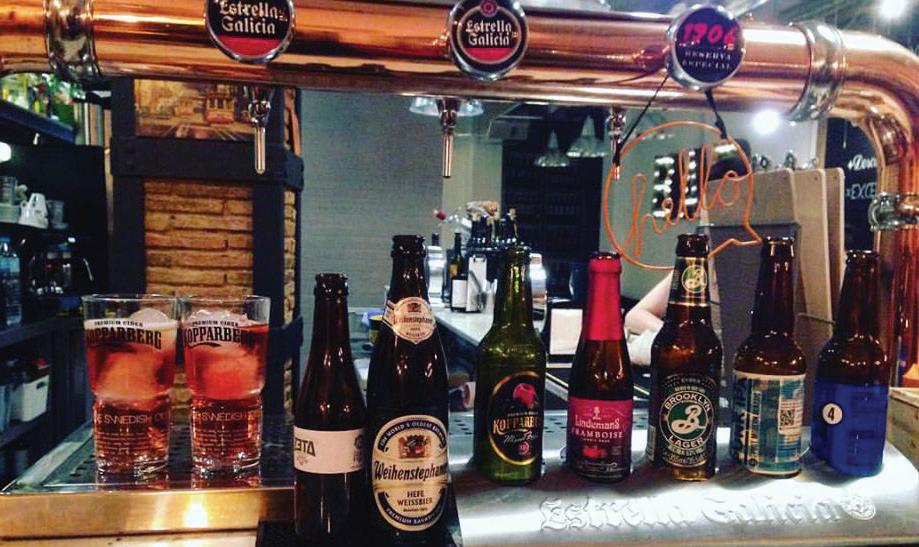

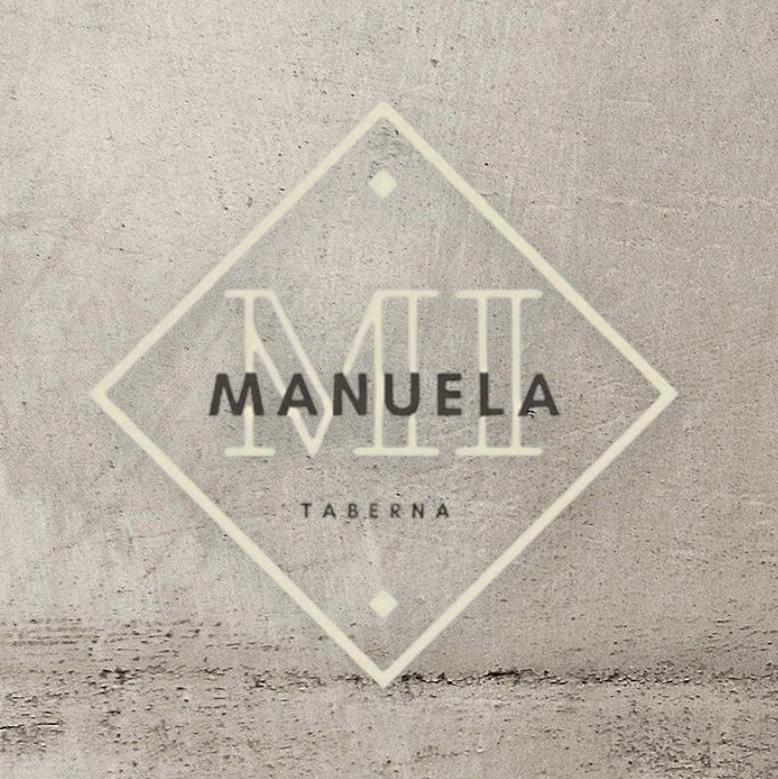
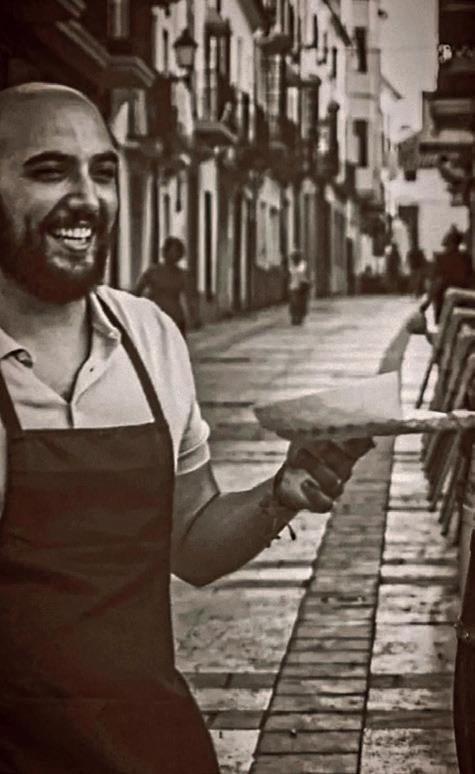
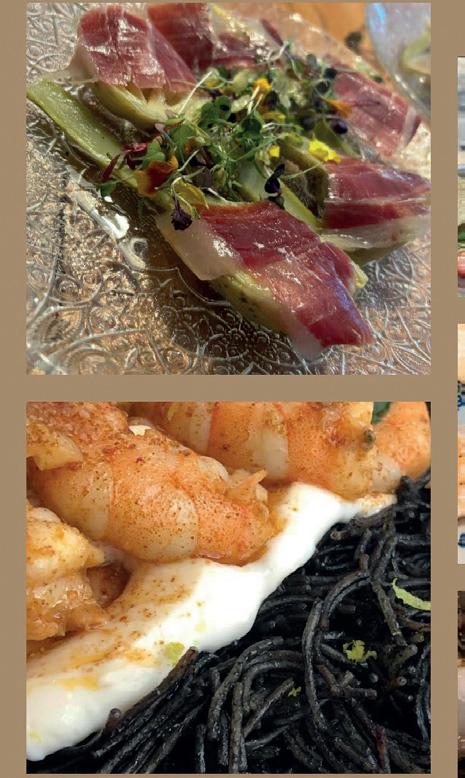
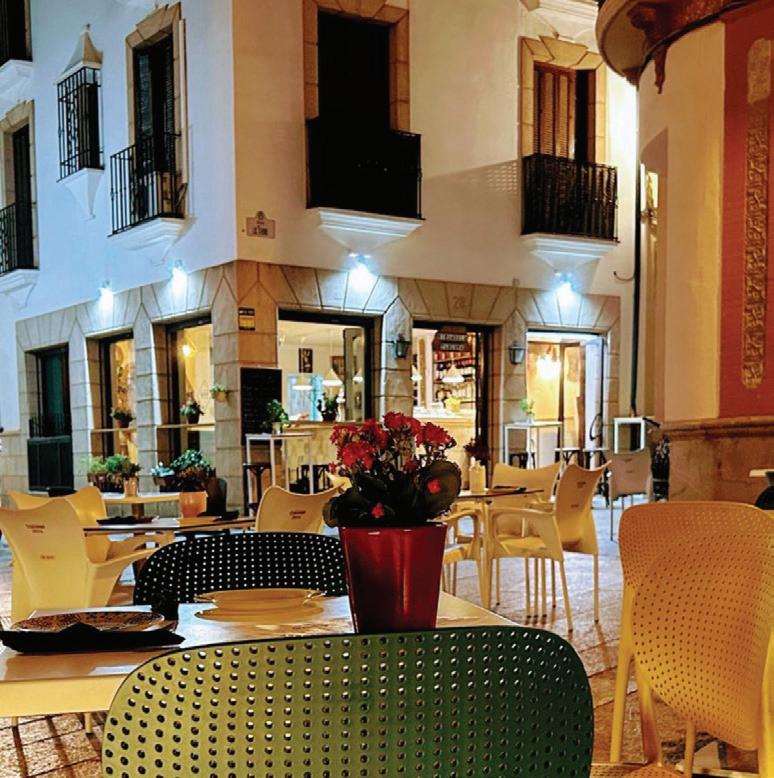
tel: +34 657 03 16 87
Calle Las Tiendas, Número 28 Plaza Carmen Abela, 29400 Ronda
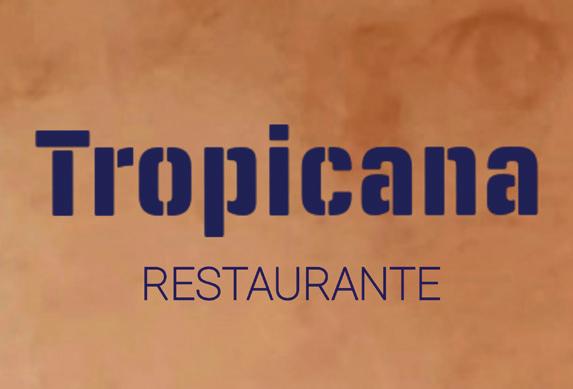

Ruben and a dish at Mi Manuela, Martin at Kutral and a dish at Tropicana
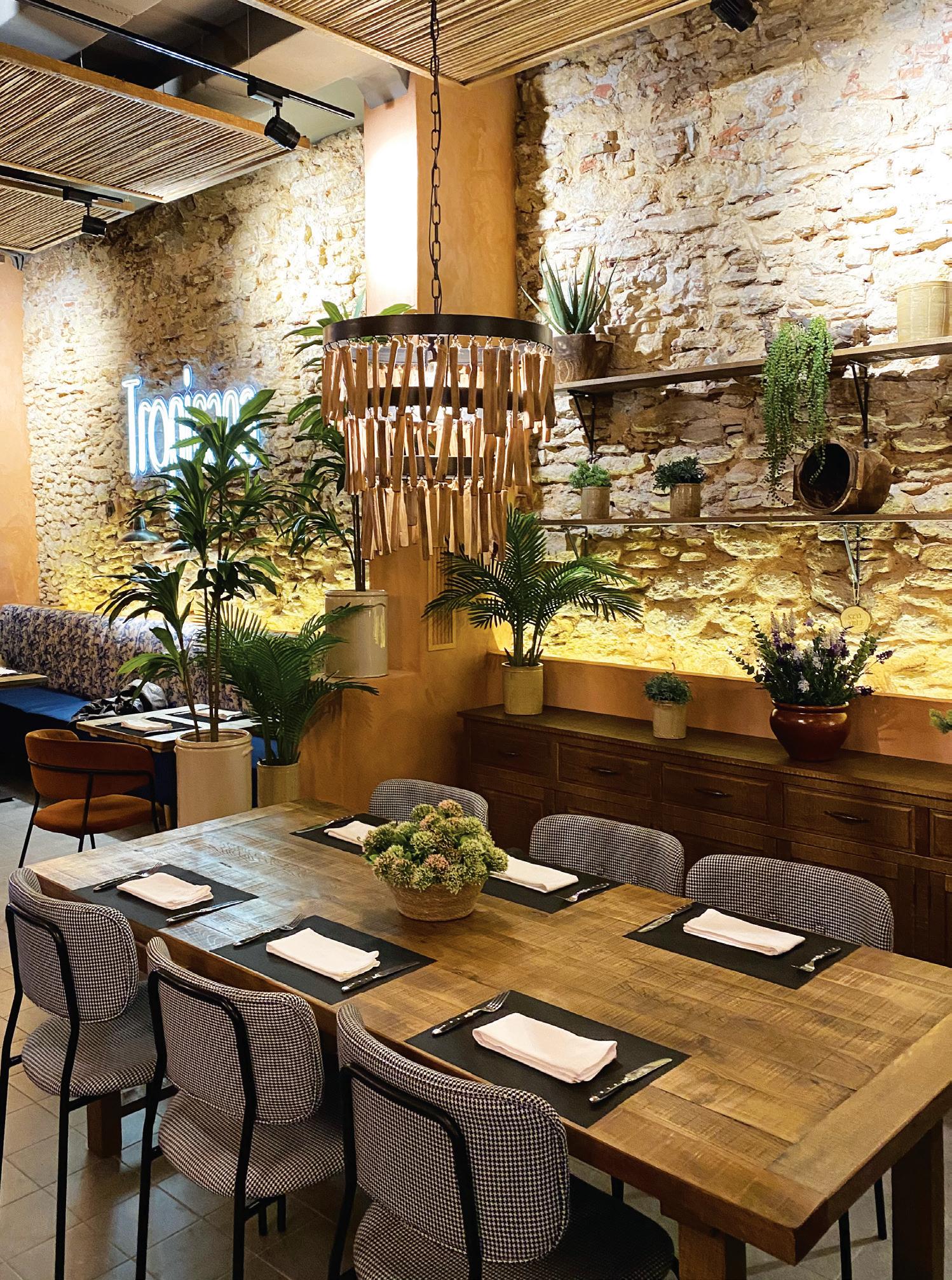
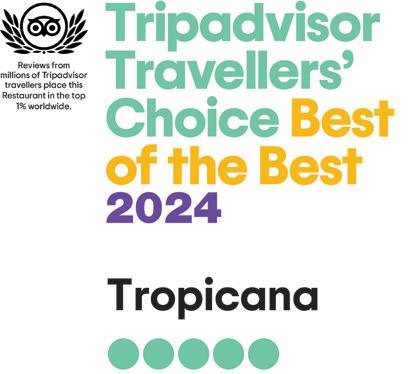

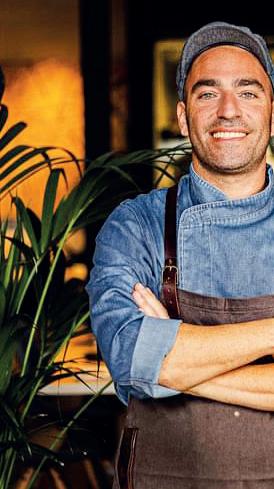
nearly a century ago and he and his brother
You can really feel the history of Ronda here thanks to the bullfighting memorabilia and
With nearby Bar Maestro where Hemingway and Orson Wells used to wax lyrical about the sadly shutting a year or so ago, this is
It has real ambience and luckily its food is to match, with a top pick the fried prawn taco with onion guacamole and kimchi mayonnaise, a tuna tempura taco with a twist of lime which you roll up to eat is a genuine explosion in the mouth.
Everything is beautifully presented on branded grease paper and Jose Luis is a perfectionist
having done his time at Dani Garcia’s three Michelin star restaurant in Marbella, and before that, Tragabuches in Ronda.
Another, absolute must visit is the charming dining den of Tropicana , where Jose junior and senior run an incredibly slick operation. Often voted among Spain’s best on Tripadvisor, Jose junior learnt his trade under famous three Michelin star genius Martin Berasategui in the Basque Region.
Having embraced the new world, the prodigal son fully understands the need to have plenty of vegetarian and gluten-free dishes on the menu, plus a decent number of specials. I loved his partridge salad (above right) which, while badly sold as coming with just red peppers, came with croutons, carrots, lettuce, raisins, walnuts and at least a dozen mixed leaves and spices.
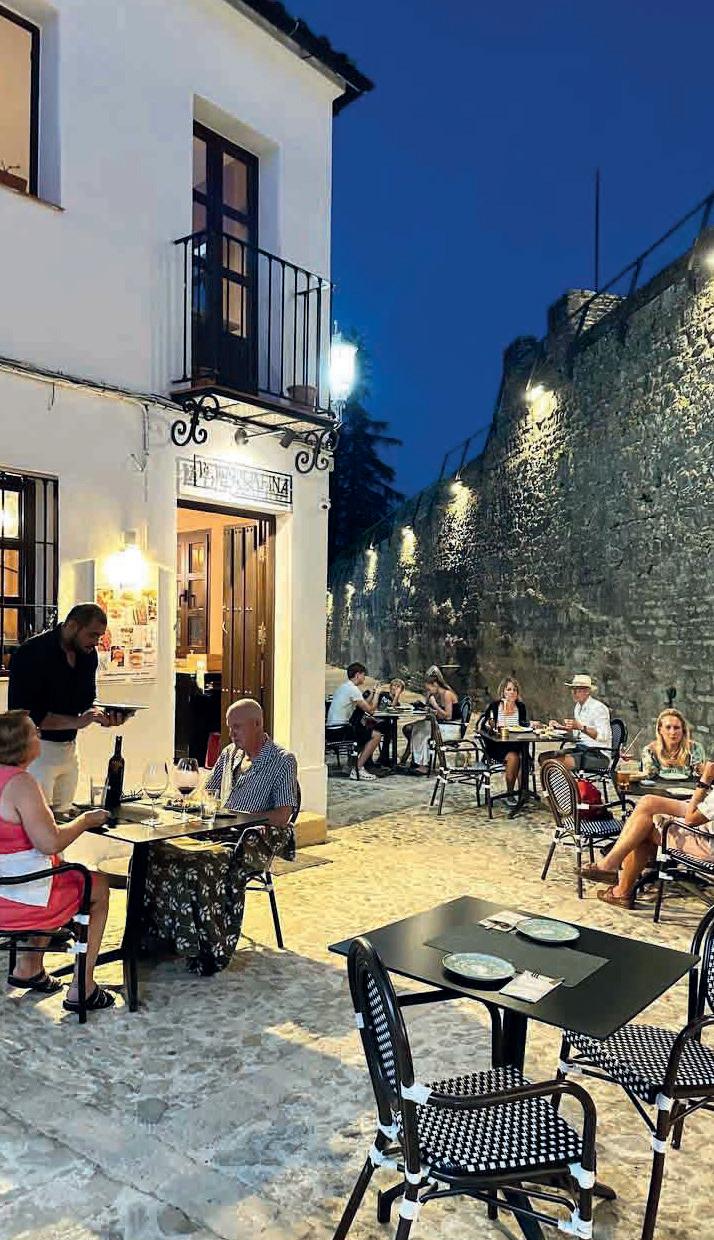
Meanwhile an artichoke heart comes with a few thin slices of pancetta and a fried egg sounded dreadful but it oddly worked... and the presa iberica was as beautifully cooked as I’ve eaten in Ronda and came with a creamy wheat semolina accompaniment.
Yet another three star Berasategui trainee is Martin Abramzon at Kutral , who has also made Spain’s Top Ten best restaurants, according to Tripadvisor.
An incredibly hip spot at the back of Ronda’s industrial estate, you’ll definitely need to book on the weekend and likely in the week. One of the best travelled foodies in Spain, Martin can talk about dining till the cows come home, which is appropriate given the Argentinian runs easily the best parilla-style temple of meat in Malaga province.
In Ronda for well over a decade having arrived to run the former Michelin-star joint Tragabuches, he can also knock out some impressive vegetable dishes, plus, naturally the best empanadas around. He has also cooked for many celebrities, including Gareth Bale and Cristiano Ronaldo.
“Ronda, not me, deserves an award for its incredible range of places to eat,” he insists. “Gastronomically we are offering more and more new places to eat with lots of variety.”
One of those places is

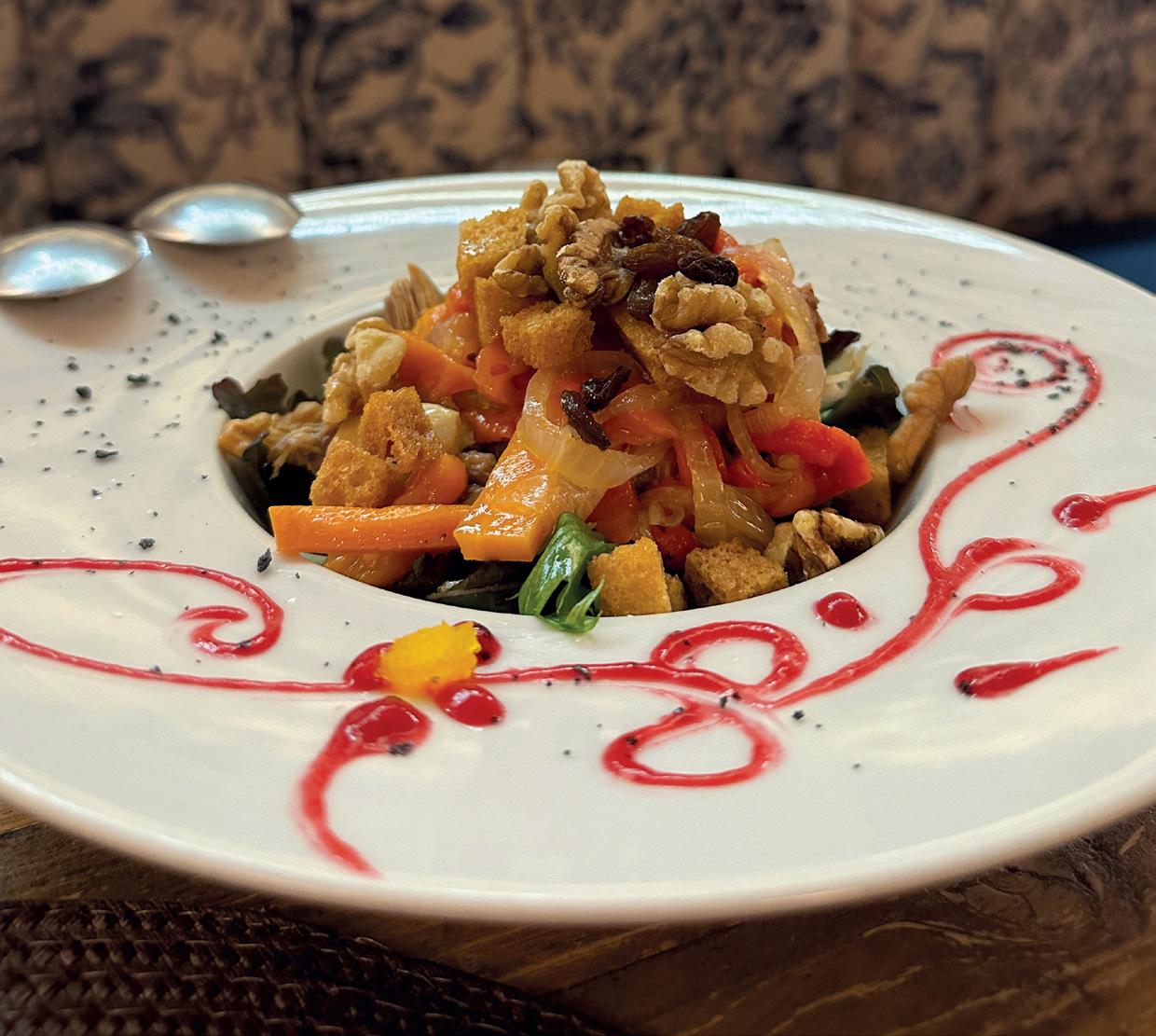
Barrafina , in an incredibly charming spot just inside the old city wall, down by the Arabic Almocabar gate.
Run by Spain’s former ham-cutting champion Juan Ramirez Gil, himself the son of the town’s first wine merchant, it focuses heavily on top
quality ingredients.
Aside from the best ham in Ronda, the goat's cheeses from Grazalema are spectacular, while the tuna tartare and beef tataki are superb.
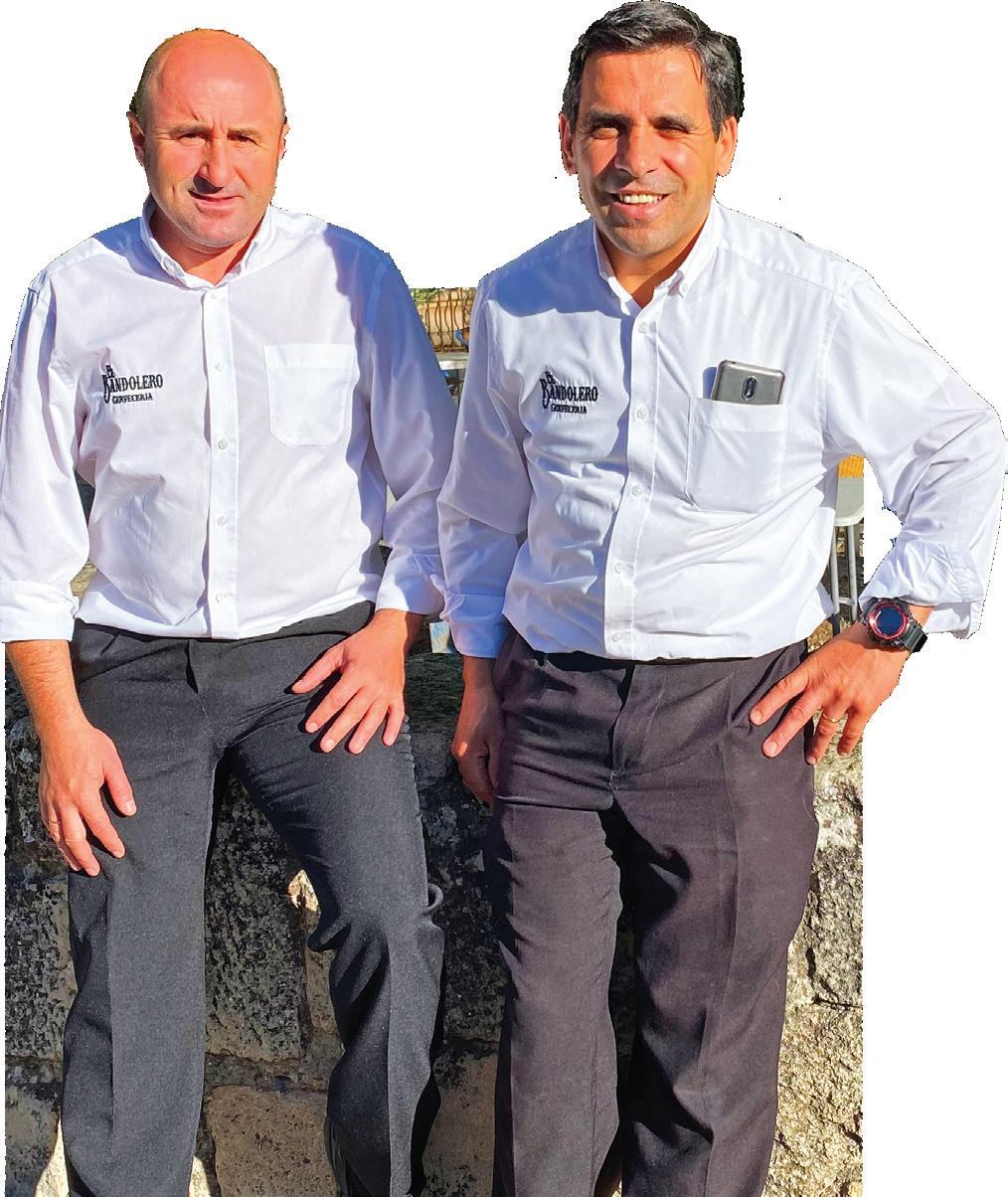
Now with well seasoned chef Kiko Ramirez in the kitchen, it goes from strength to strength with new dishes like a pulled pork brioche with dates and walnuts and a burrata with pesto and amazing local tomatoes on toast. Also highly-rated on Tripadvisor, best of all is the black Angus pastrami 'sandwich', the true king of luxury sandwiches, which comes with beer, pickles and mustard.
Nearby, in the main Barrio San Francisco square is easily one of the friendliest places in southern Spain.
Cerveceria Bandolero is always very much service with a smile from these two cousins, who run backwards and forwards charming guests and plying you with excellent simple and local fare, with a bent towards Carnes a la Brasa.
Right in the heart of town meanwhile you must look out for Mi Manuela , in the charming Plaza Carmen Abela, near to where writer Cervantes once lived.
This is an excellent new spot run by a friendly young local couple with some good ideas, a fabulous eye and offering great value.
They are always doing specials by the day and the variety of rice dishes is worth checking out.
Best of all, was the amazing freshest mango and avocado salad with prawns, brought out by chef Ruben himself (photo far left).
If it is wine you are looking for, don't miss En
Continues on next page



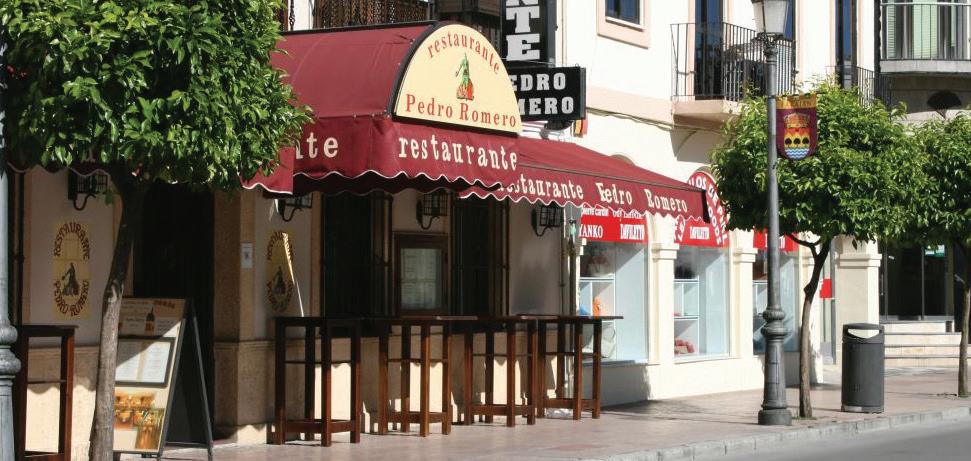

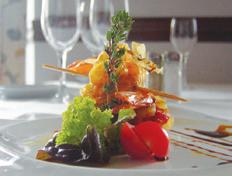


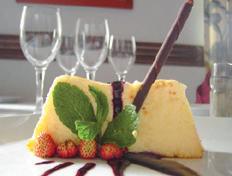

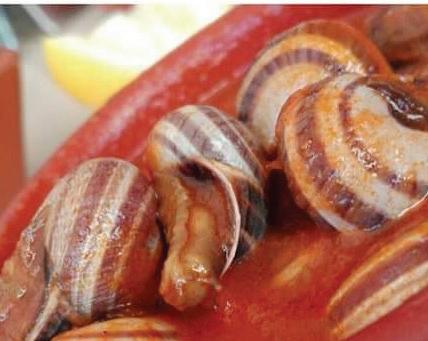
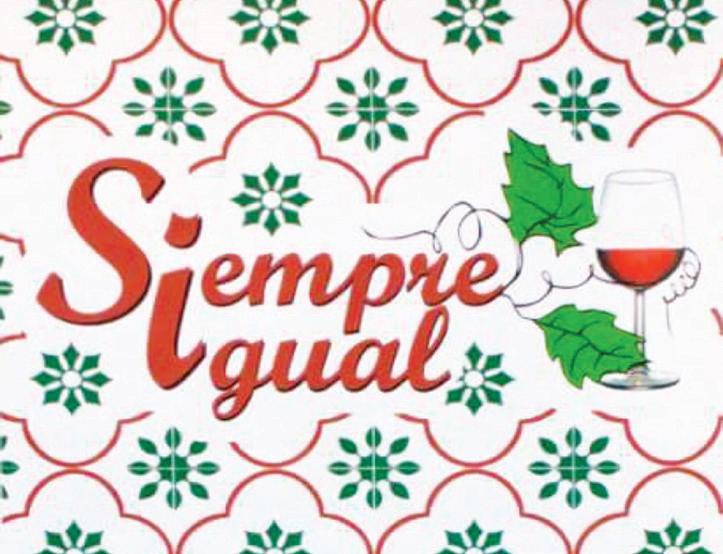

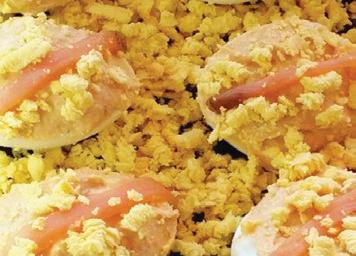


tre Vinos , which has over 100 wines (yes 100!) from Ronda, with more than a dozen wines by the glass. There are some excellent tapas and it's a charming place to while away a few hours, particularly on warm days on the
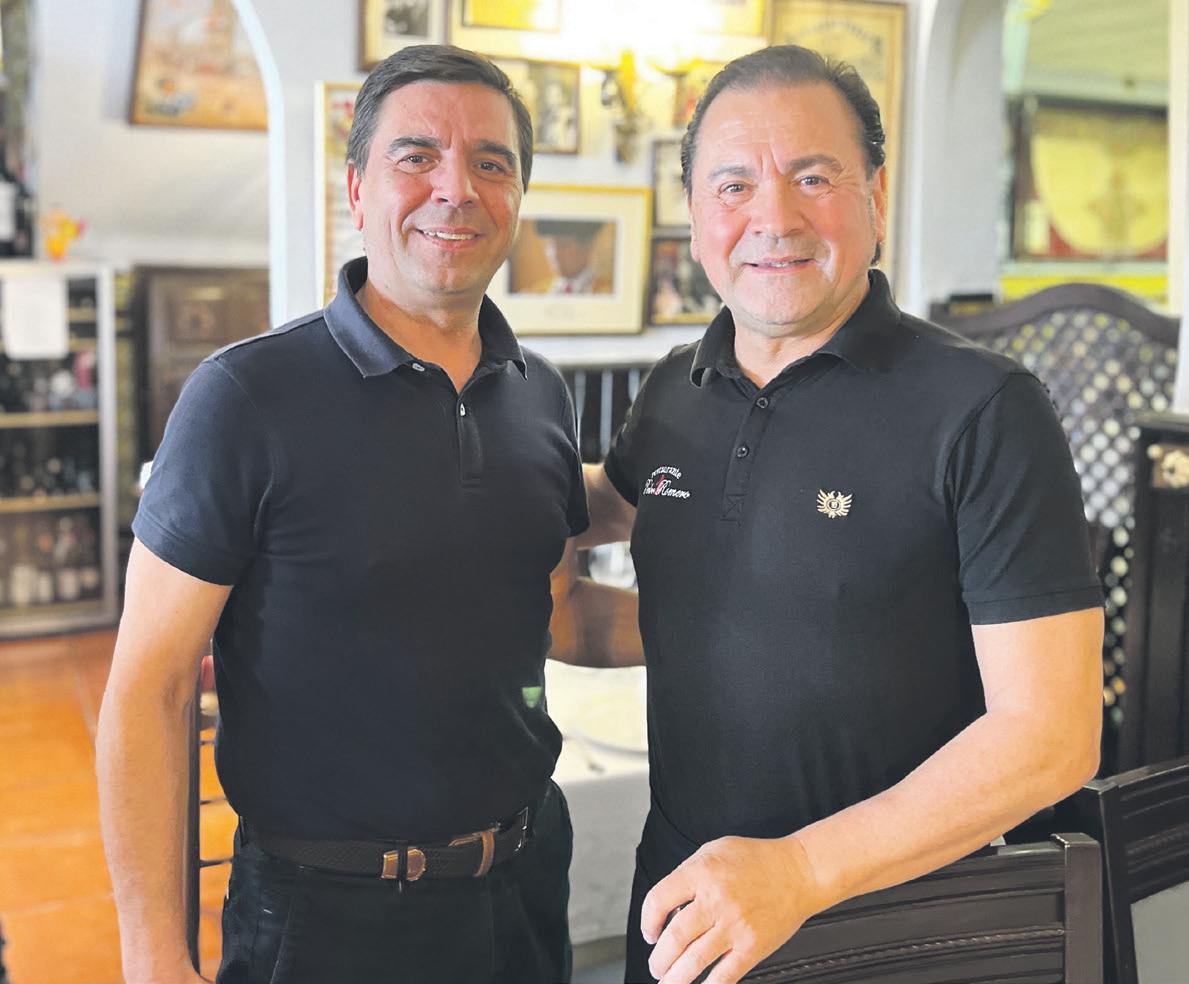
terrace outside. Just up the hill is Siempre Igual , which is exactly that ‘Always the same’, it's a bloody excellent place to enjoy tapas and some excellent wine with friends.
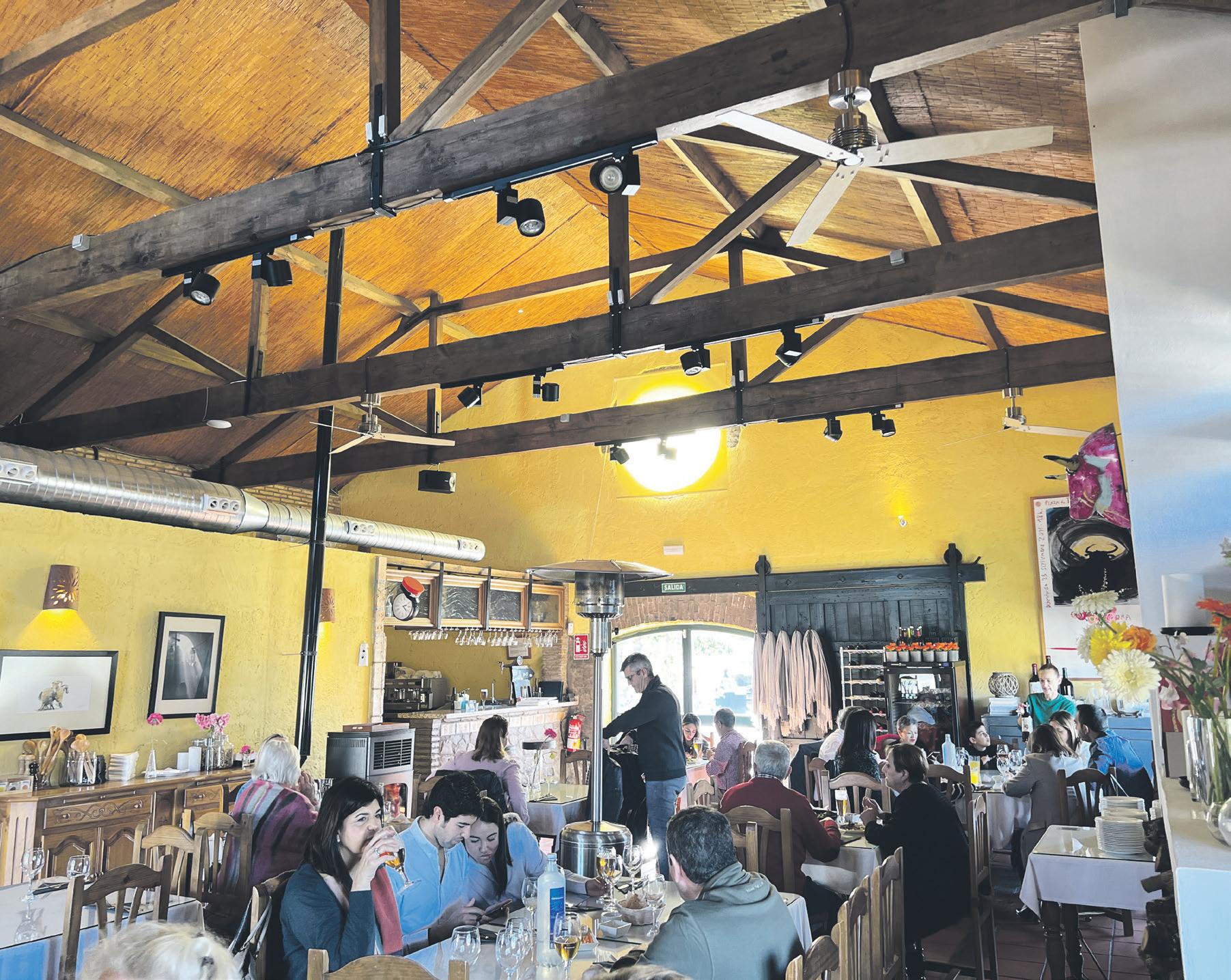

Run by a friendly family team, they always have some experimental new dishes, worth a try and in a great location, just up from the bullring. Right by the bullring is the classical Pedro Romero , almost always full and jam-packed with bullfighting memorabilia, making it worthy of almost-museum status.
Named after the matador who founded modern bullfighting and put Ronda on the map, brothers Carlos and Tomas have been in charge since their 88-year-old father hung up his hat.
He is still often in situ mind, eating at his favourite table, and the dishes have hardly changed, in particular with classics such as carrillada (bulls cheek) or rabo de toro (oxtail) which easily equals the best you can eat in
from where
If you’ve never eaten in a railway restaurant then you are in for a big surprise. Not only is El Muelle, in Arriate, very much the first class carriage, but this is a genuine train to your taste buds. This all thanks to Dutchman Frank Rottgering, whose legendary joint sees regulars drive all the way from the coast and even Sevilla to eat each week. Highly rated on Tripadvisor and it’s not hard to see why, it being both charming and atmospheric in equal measures. Chef Isa is as popular with foreigners and tourists, as the locals, who love her generous servings and ability to change by the month and always offer specials of the day. But there is simply no substitute for Frank himself, who is easily the most talented restaurateur in the Serrania, enthusiastic, inquisitive and interesting.
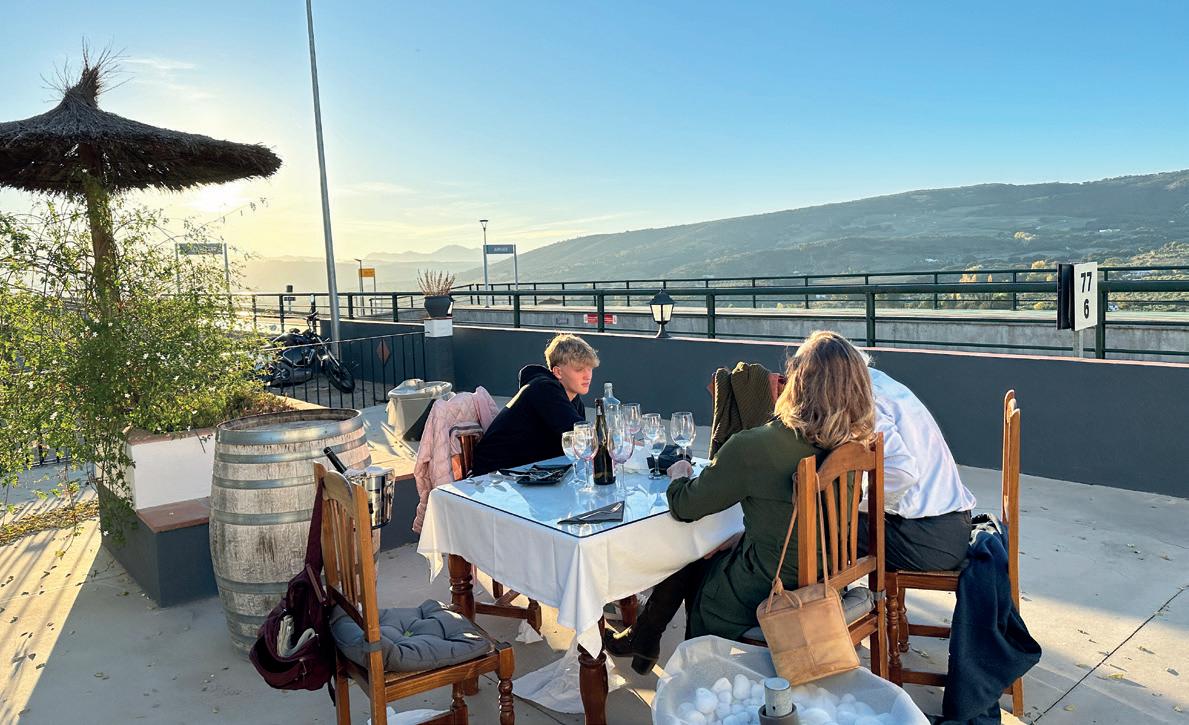

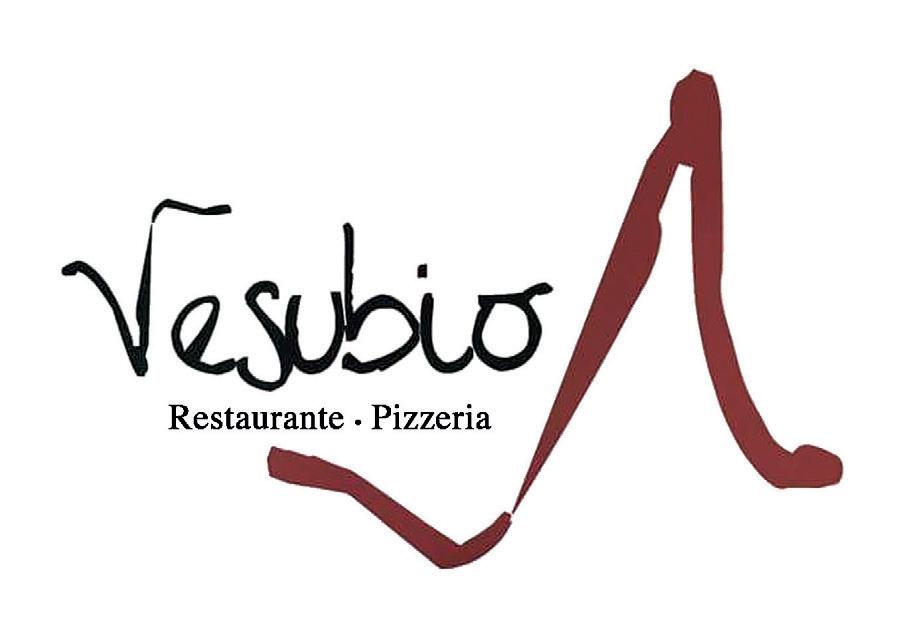
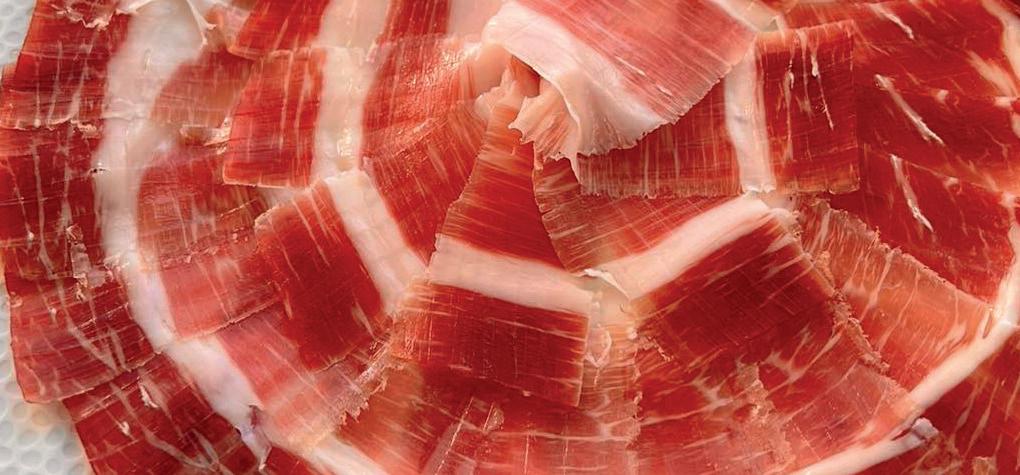

The Puente Romano group is adding a property to Ronda’s catalogue of romantic and luxurious places to stay
IT was famously dubbed the ‘City of Dreams’ by Austrian poet Rilke and soon you’ll have two more luxurious places to stay.
As well as a new five star hotel set to be built beside the town hall, Marbella hotel tycoon Daniel Shamoon has recently bought a stunning private villa near the town.
Dating back to 1920, Villa del Canto will be the latest addition to the five-star Puente Romano portfolio when it opens in January.
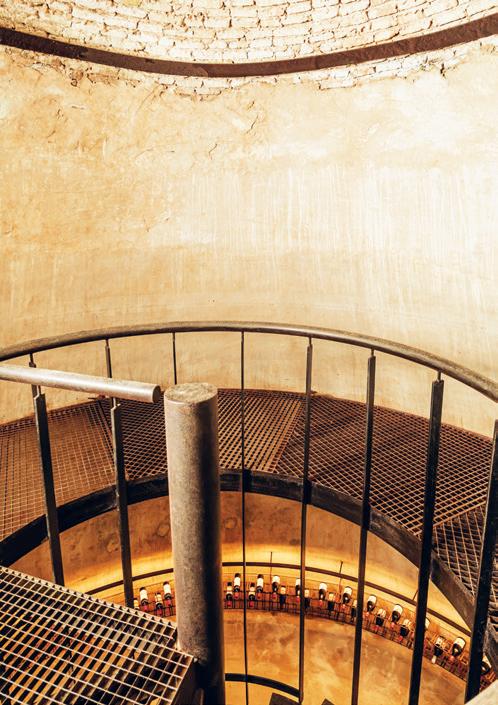
Set across 16 hectares, the ‘resort’ counts on four exclusive suites, as well as a giant pool, cinema, wine cellar and vineyard. The Heredad del Canto estate was once a giant 300 hectare estate, which had its own school for the workers’ children, as well as its own train station.
If you are looking to bask in similar luxury in the heart of the city, then look no further than a suite at the atmospheric Ronda Romantica apartments. Comprising five


tastefully-converted apartments in the Casco Historico, guests will love the giant four poster beds, handmade in Kenya, as well as the leafy courtyard with its own splash pool. Check out ‘Ronda Romantica lofts’ on Booking.com or WhatsApp the owners for a special three-for-two winter deal on 633663339 or 691831399.
Finally Hotel Virgen de los Reyes is a great value budget option costing from just €70 a night. The centrally located hotel is comfortable and well equipped.



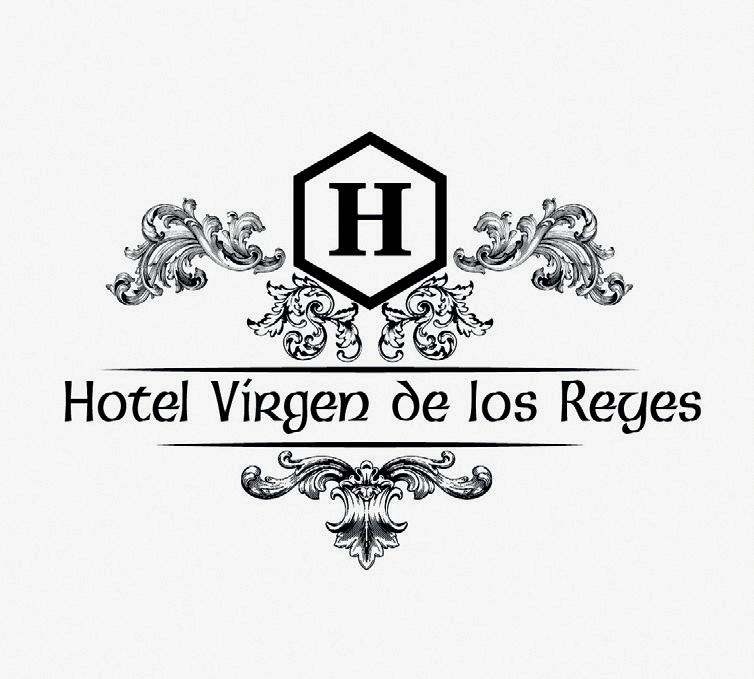

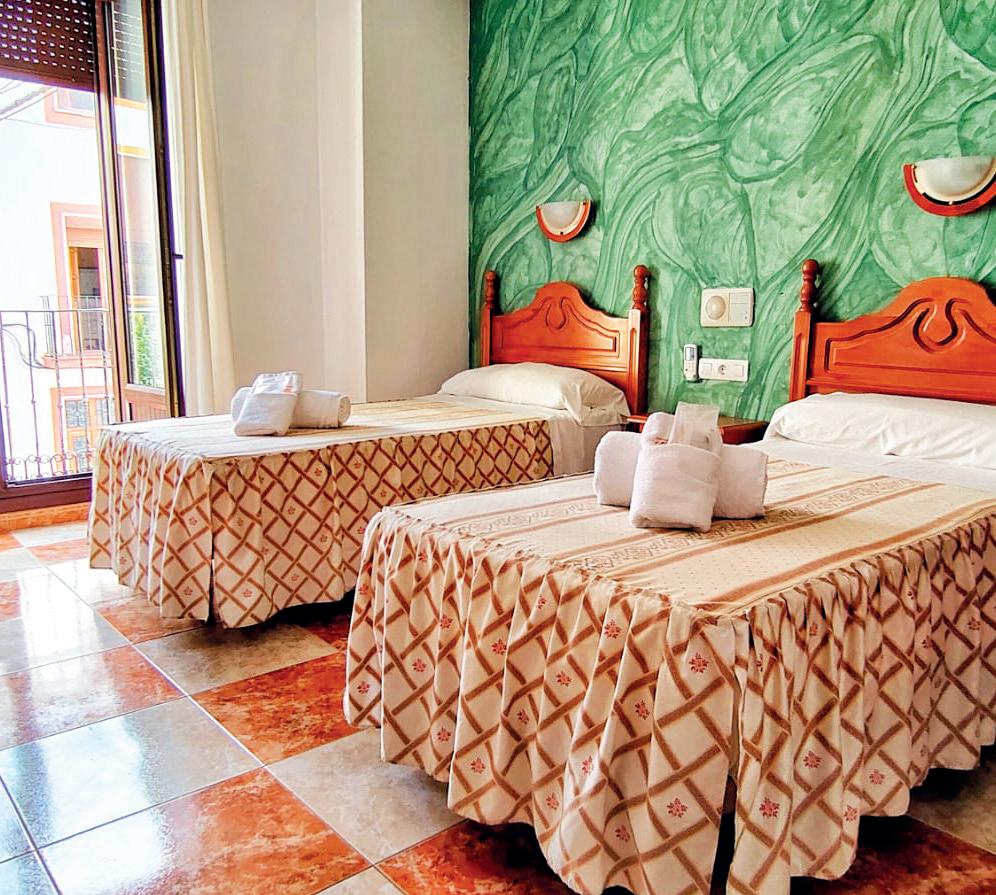


www.hotelvirgendelosreyes.com Hotelvirgendelosreyes
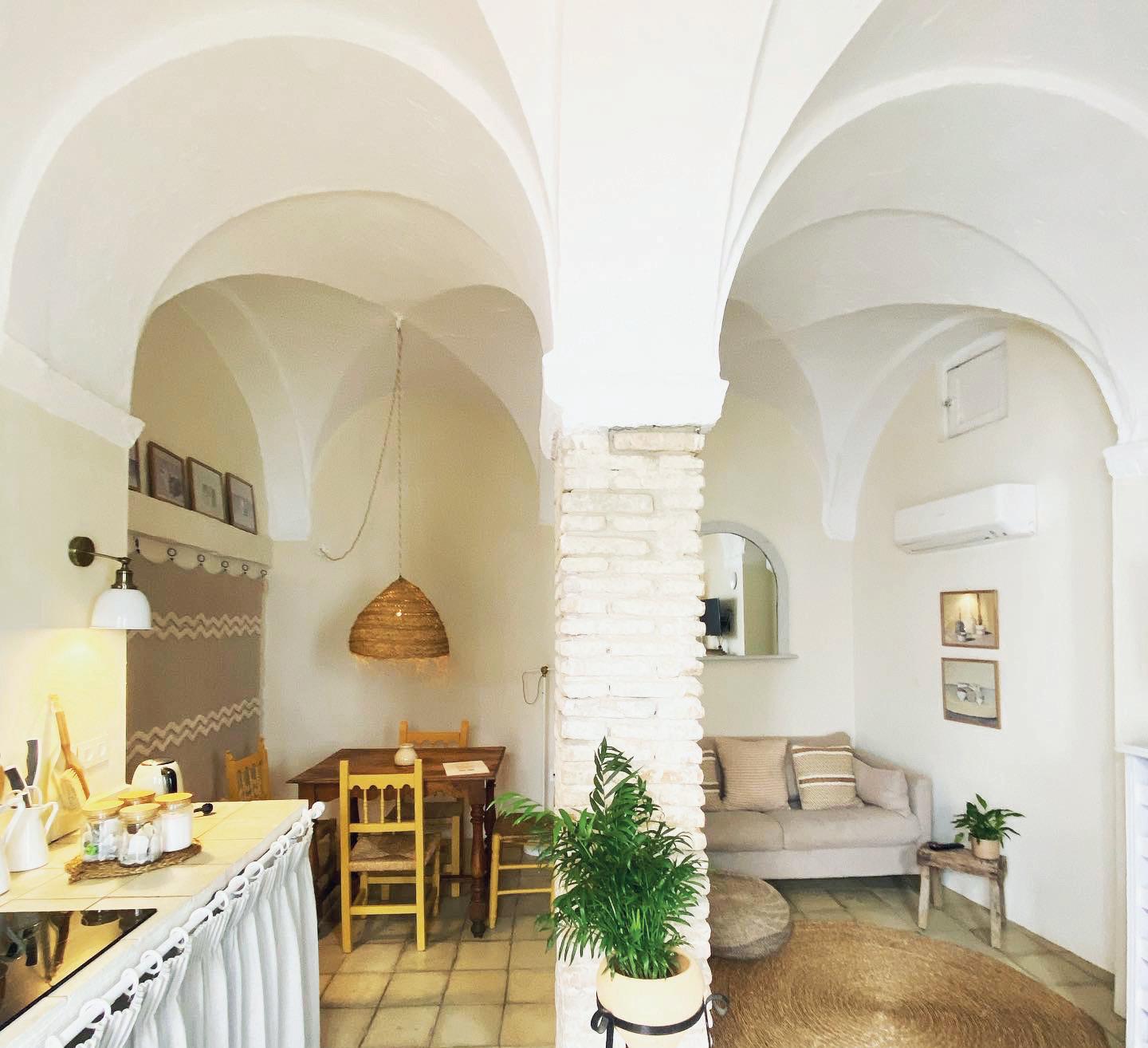


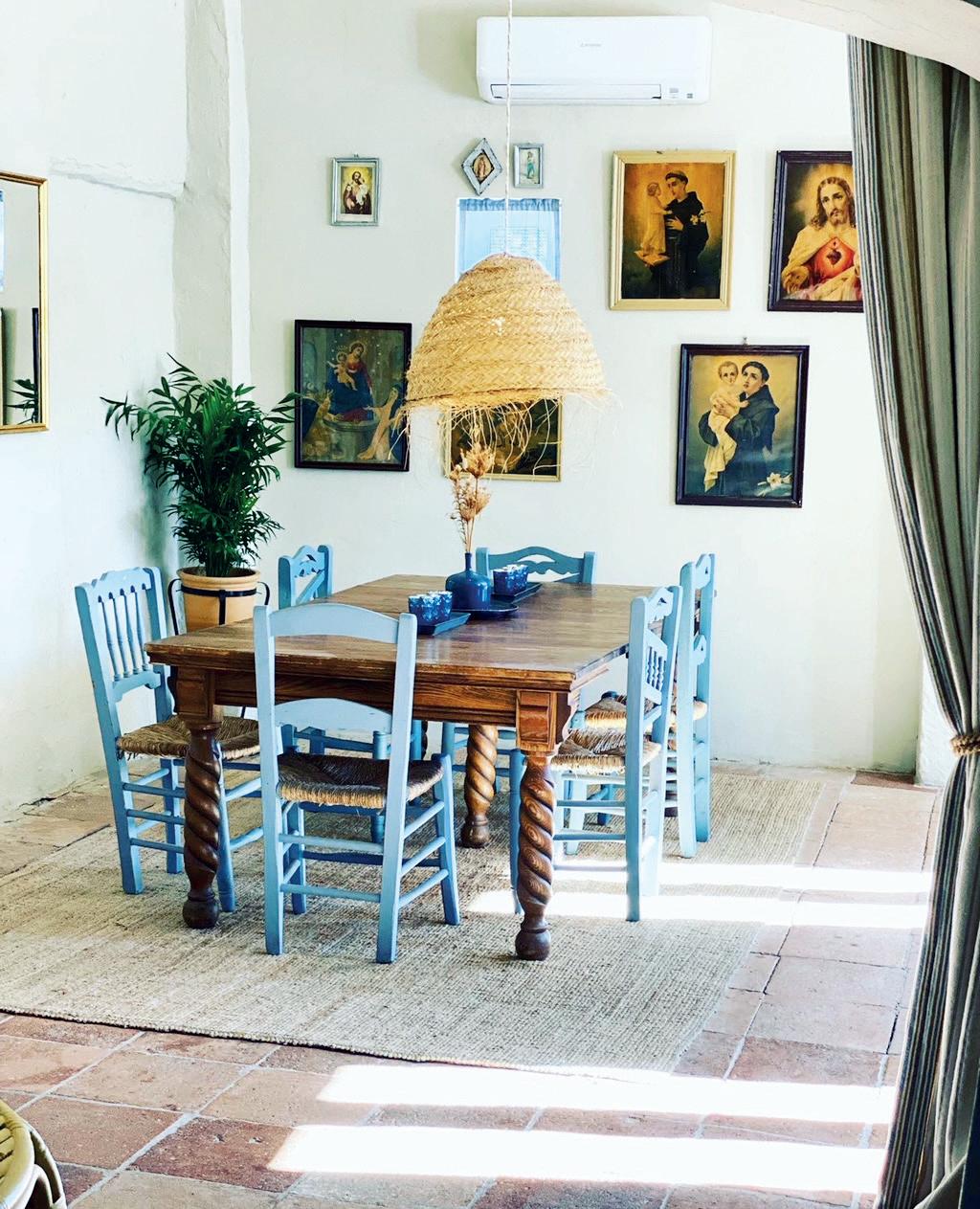

Established
Ronda Properties Estate Agent
Inland Andalusia, c/San José, 1 29400, Ronda, Malaga, Spain

Country Villa with guest house located in the Serranía de Ronda with panoramic views over the impressive Los Alcornocales Natural Park. Gardens, palm trees, olive and cypresses trees plus extensive pasture land, ideal for horses. Access from a driveway leading to a private electric gate which provides entry to all 4 properties. The complex consists of a single-story country Villa of 400m2, with a 20m2 porch, guest house 128m2, swimming pool 100m2 with its casita that could easily house a gym, stable or warehouse128m2, terraces 300m2 and a pool house.
Bedrooms: 7
Bathrooms: 5
Ref: 101724
Build: 145m2 Plot: 0m2
€1,995,000
Tel: (+34) 952 187 313 Mob: (+34) 608 765 990 Email: info@rondaproperties.com www.rondaproperties.com

Rural Hotel in the heart of Andalucia. Excellent 2 star hotel and restaurant located in the beautiful Genal Valley approx 20 minutes from the historic town of Ronda. Coast only 45 minutes. The Hotel is running very successfully and comprises 8 well presented double bedrooms all with en-suite bathrooms, wood-burning stoves and terraces with views to the mountains, plus 2 large suites, attractive bar with terrace and wood burning stove, salon, breakfast/dining room with fireplace, reception and new swimming-pool.
Bedrooms: 10 Bathrooms: 10
Build: 746m2 Plot: 14,025m2

Finca 32.531 m2 with a new, open-plan barn 99 m2. Located in an area of outstanding beauty the property has magnificent views to the mountains and the lake at Zahara de la Sierra. The land is planted with olives and has an orchard with a variety of fruit trees. Abundant water from a natural source. Fenced. Situated close to the village of El Gastor and only 20 minutes from Ronda.
Bedrooms: 0 Bathrooms: 0
Build: 99m2 Plot: 32.531m2

